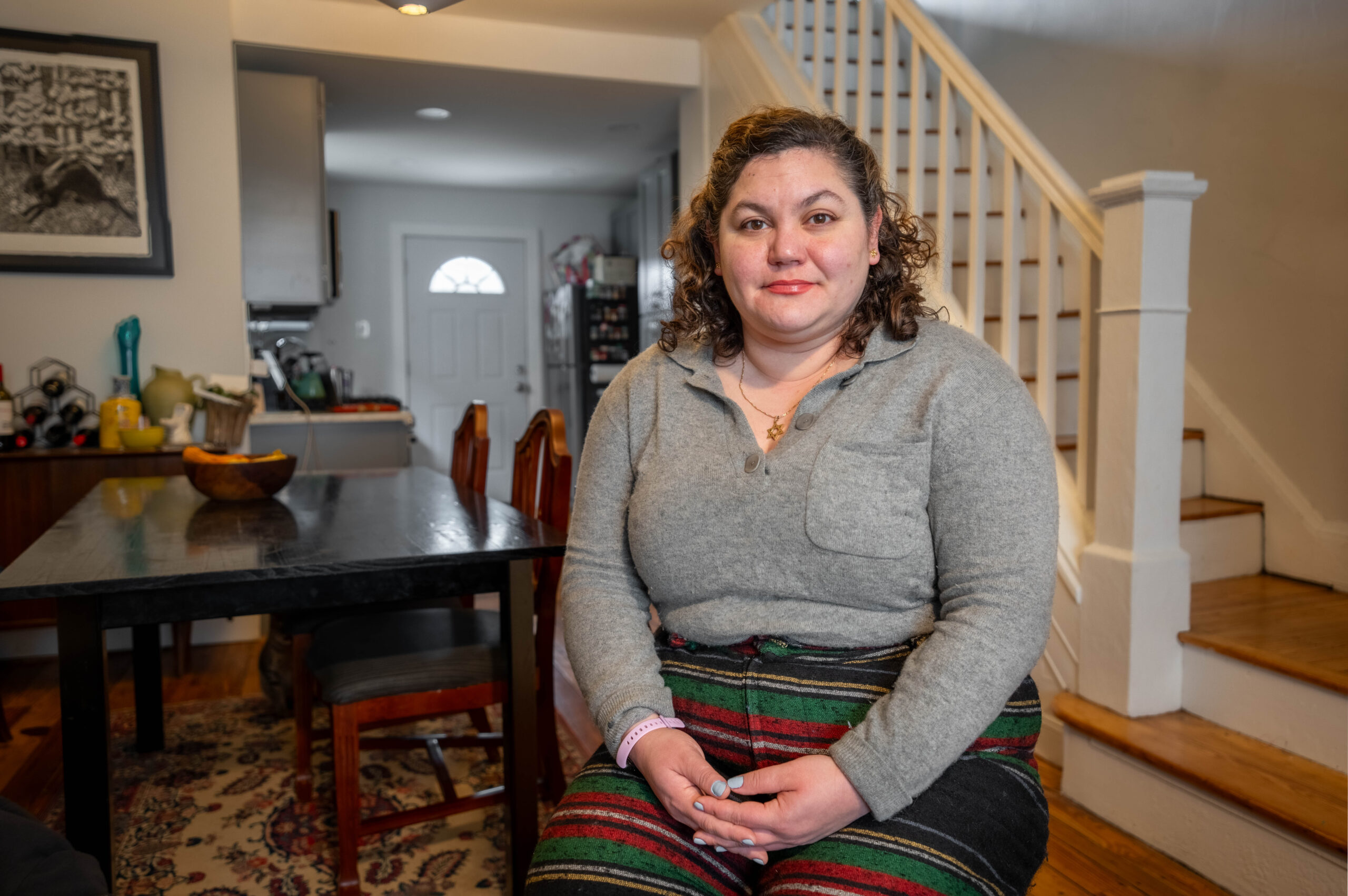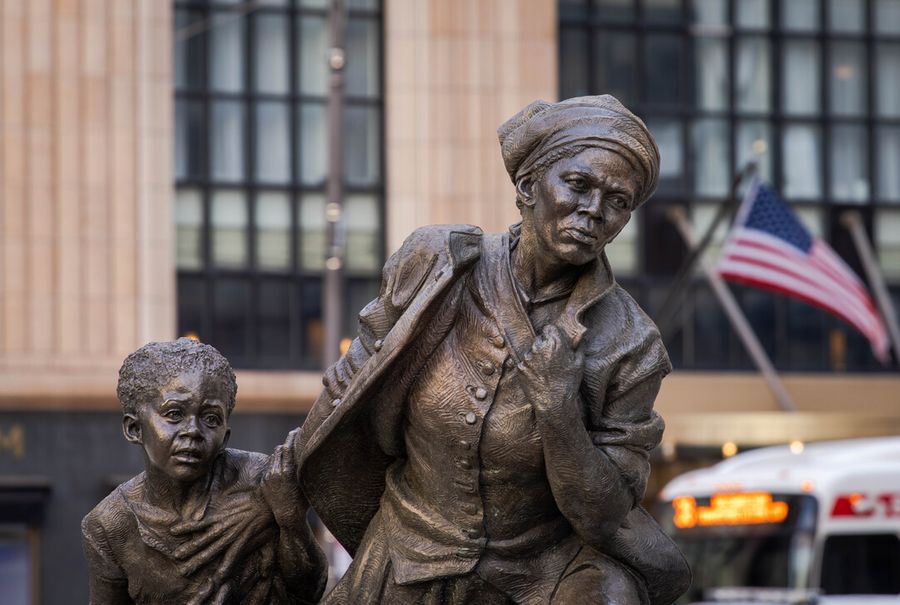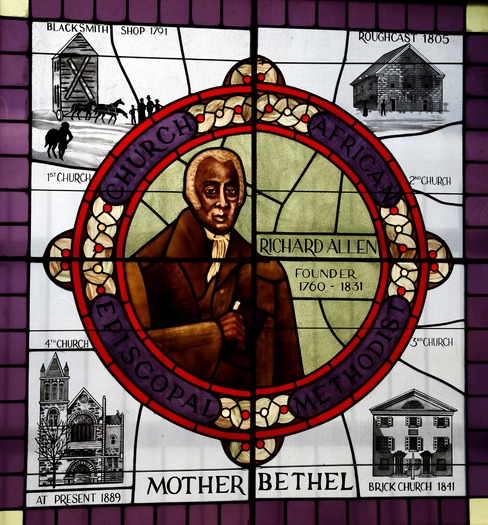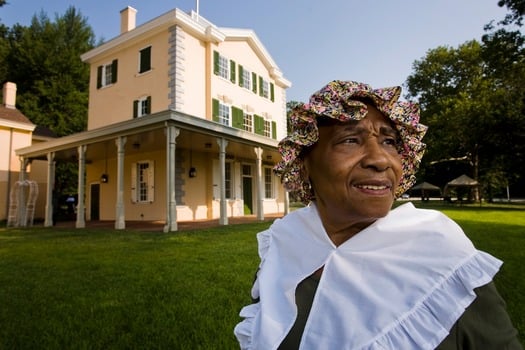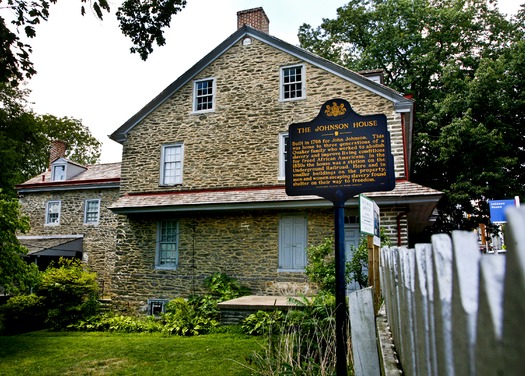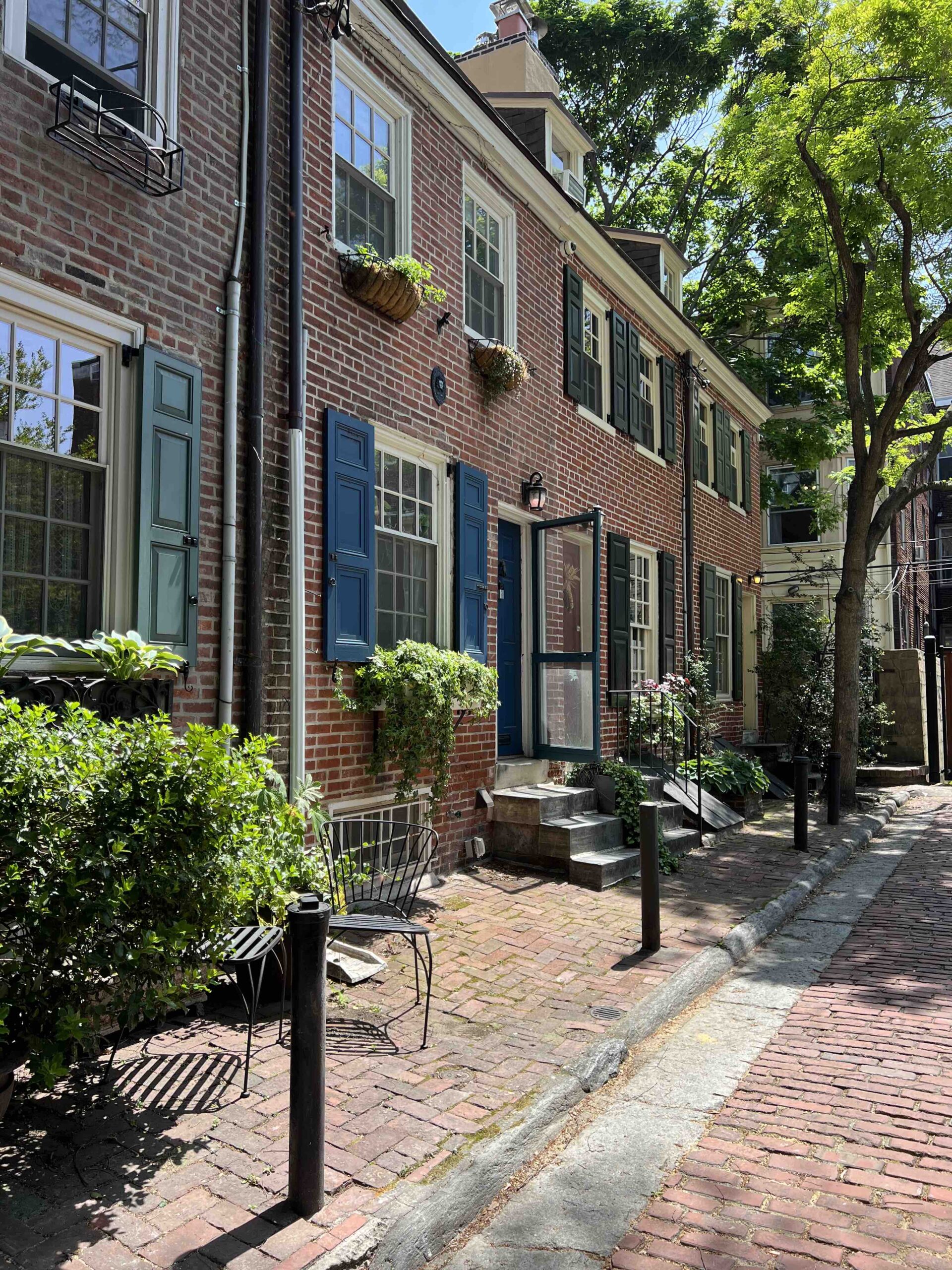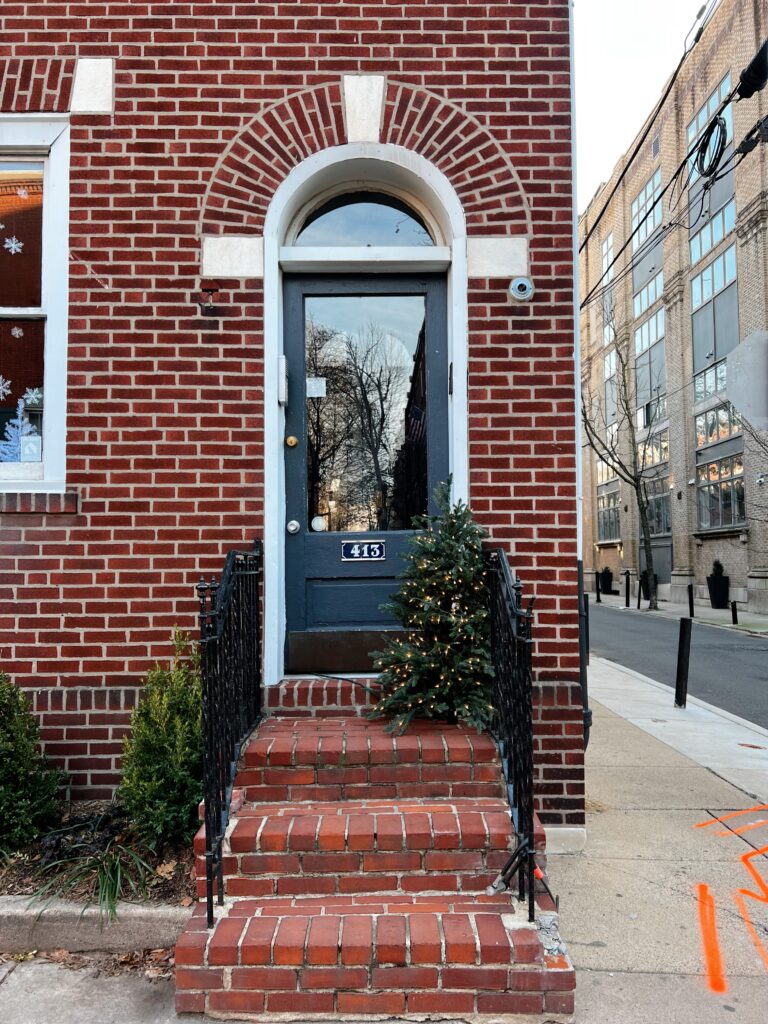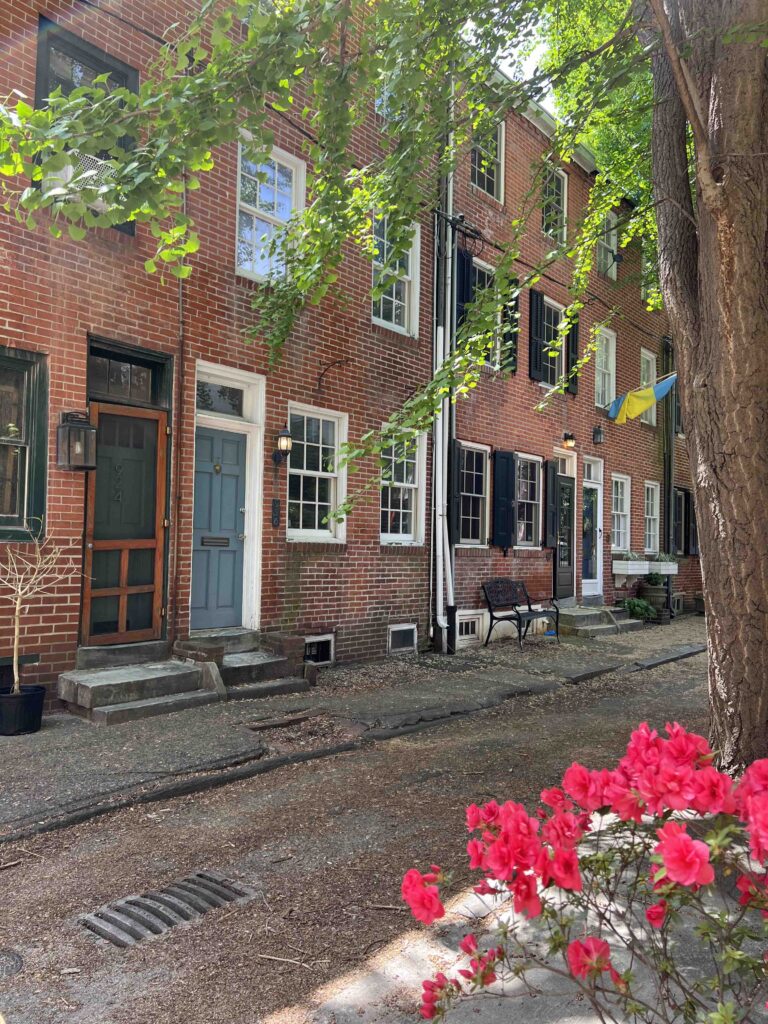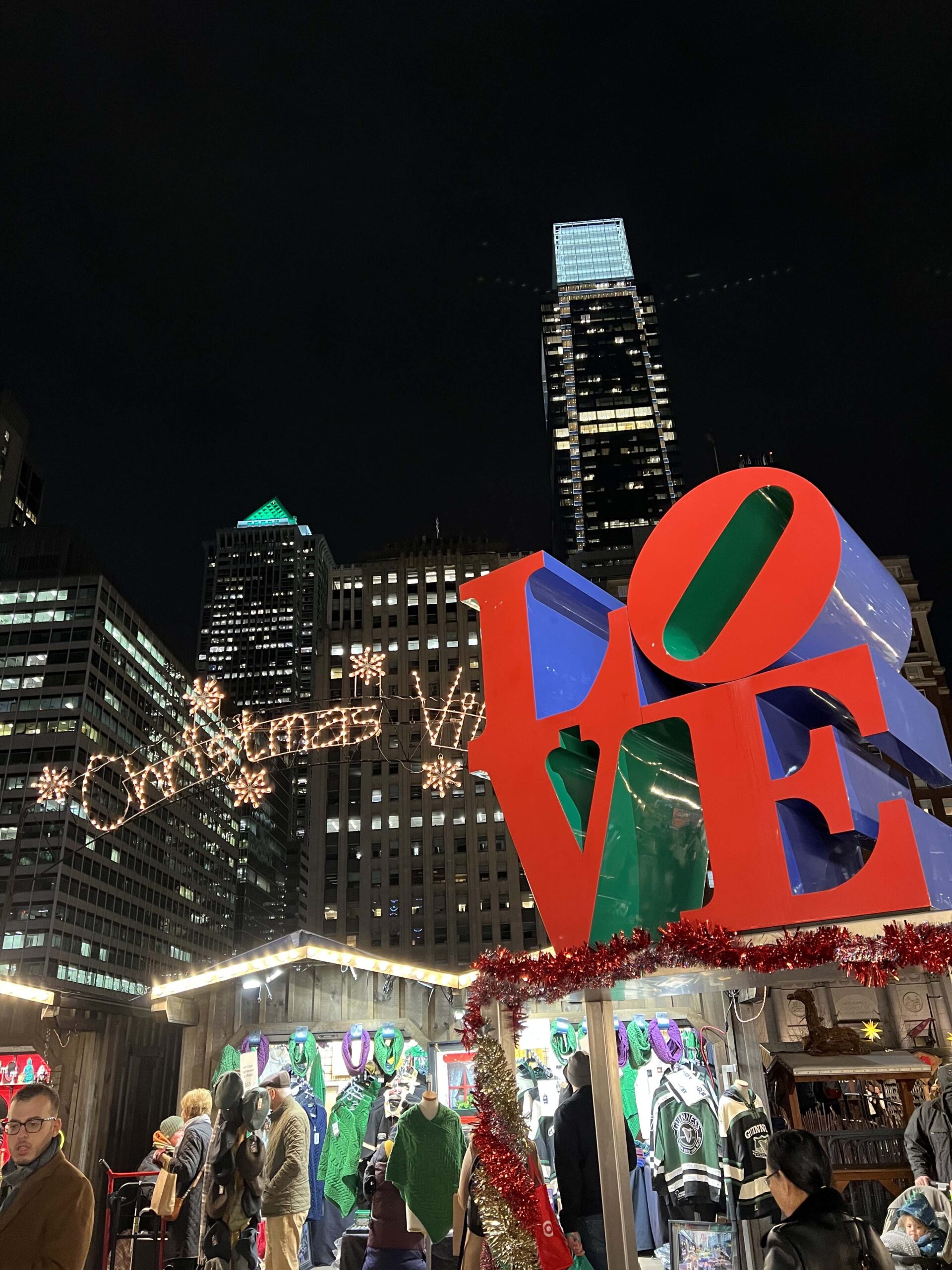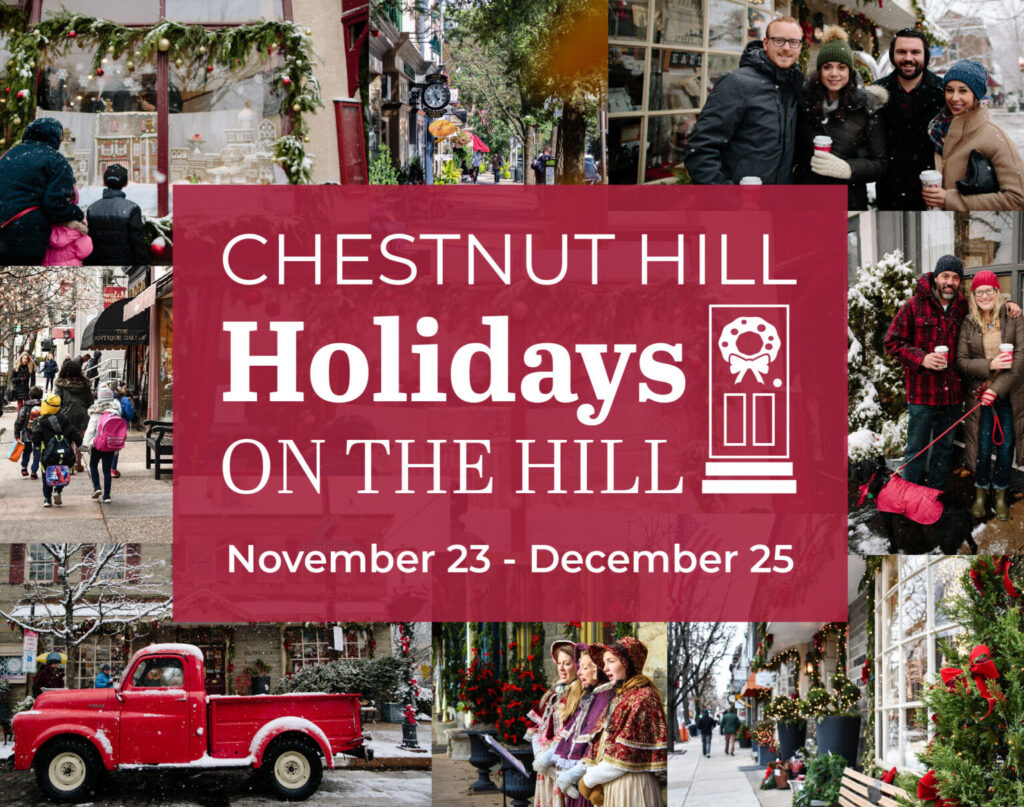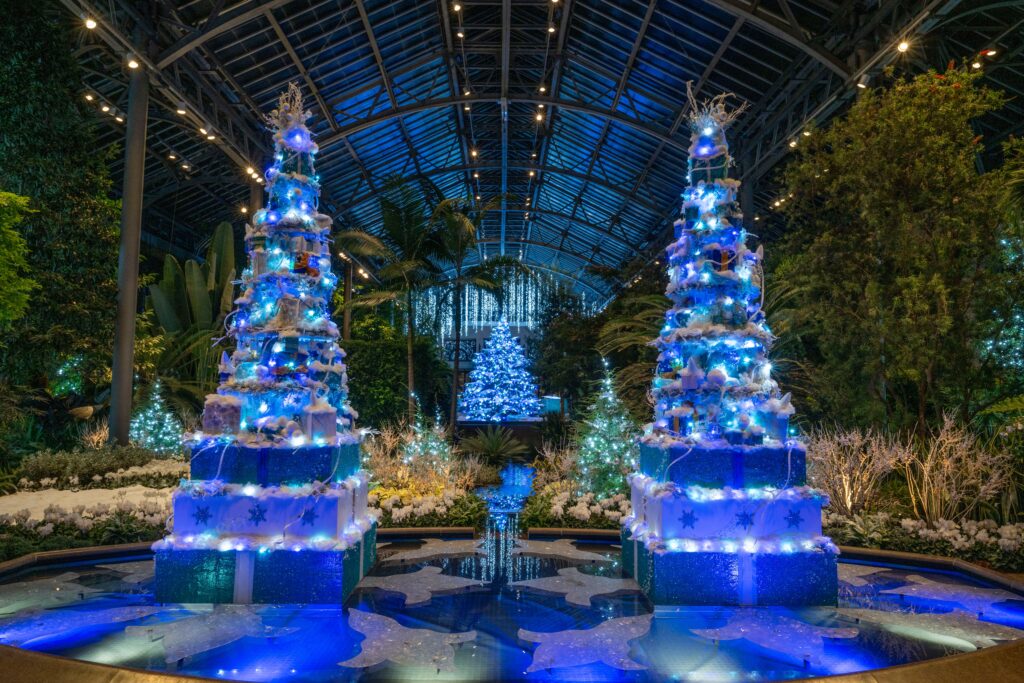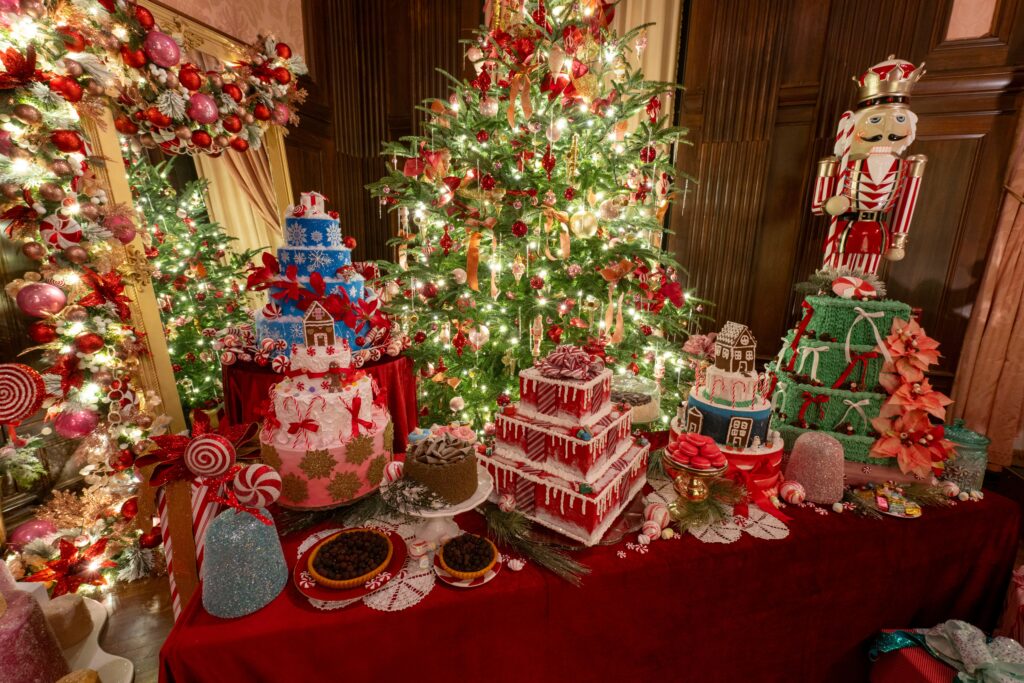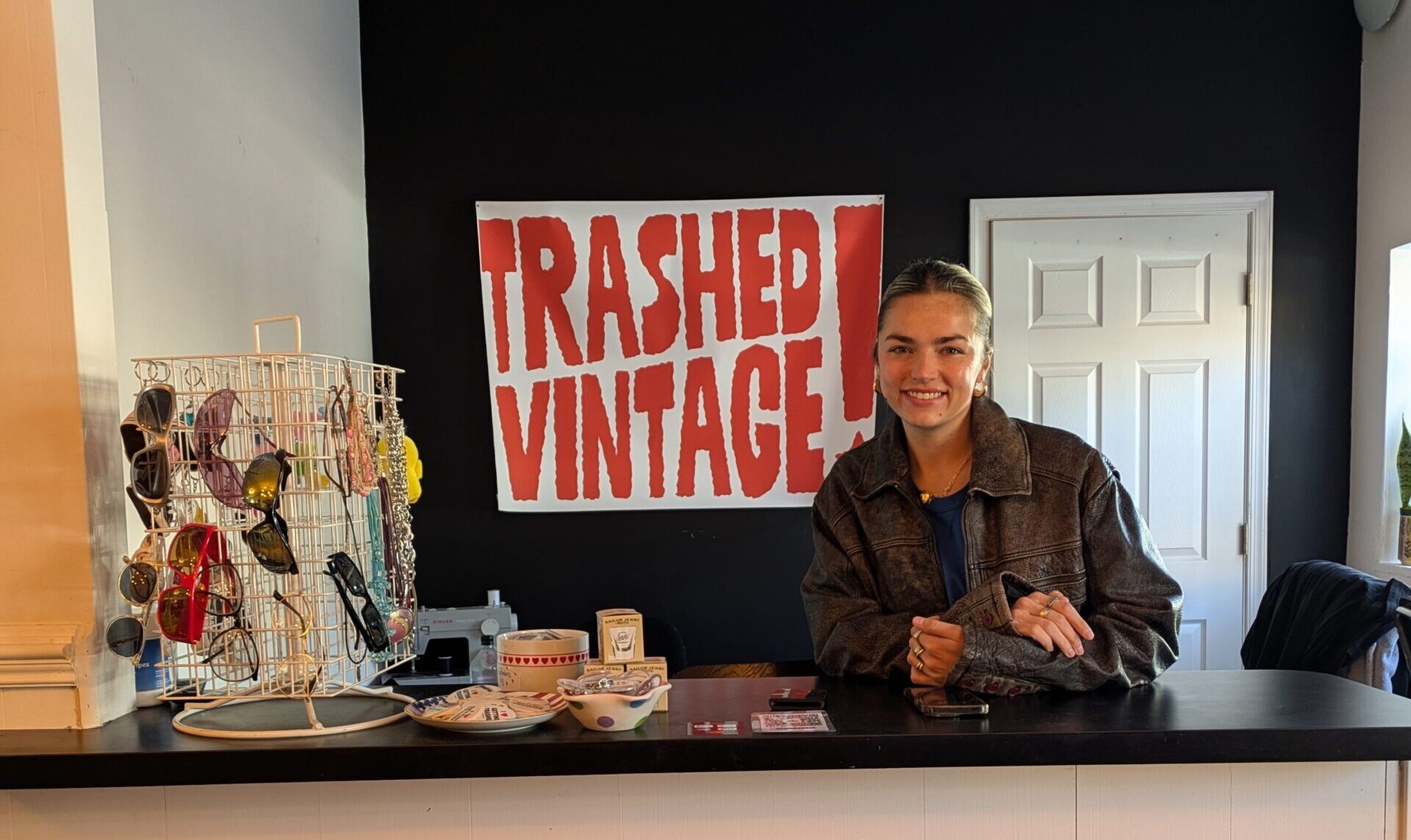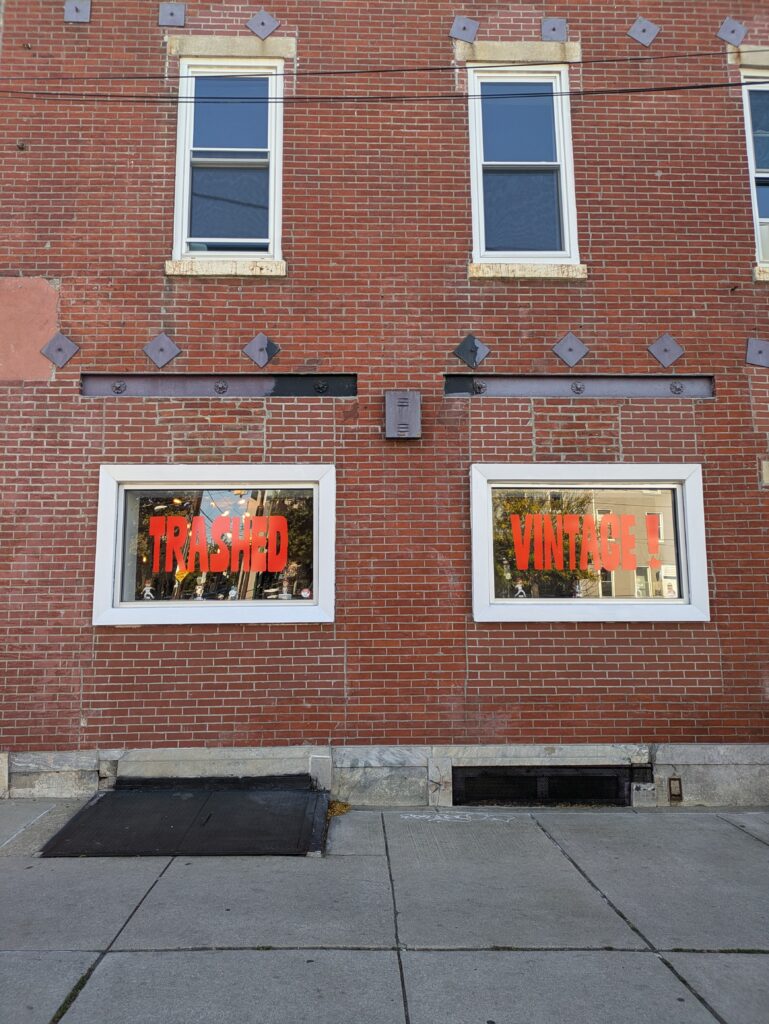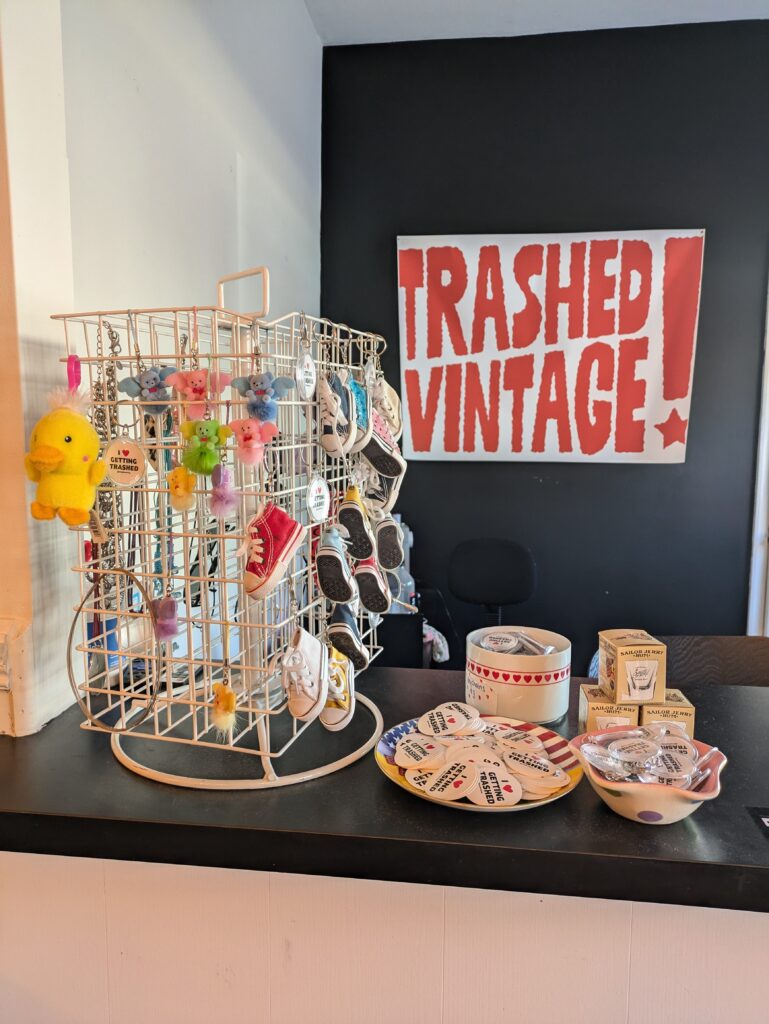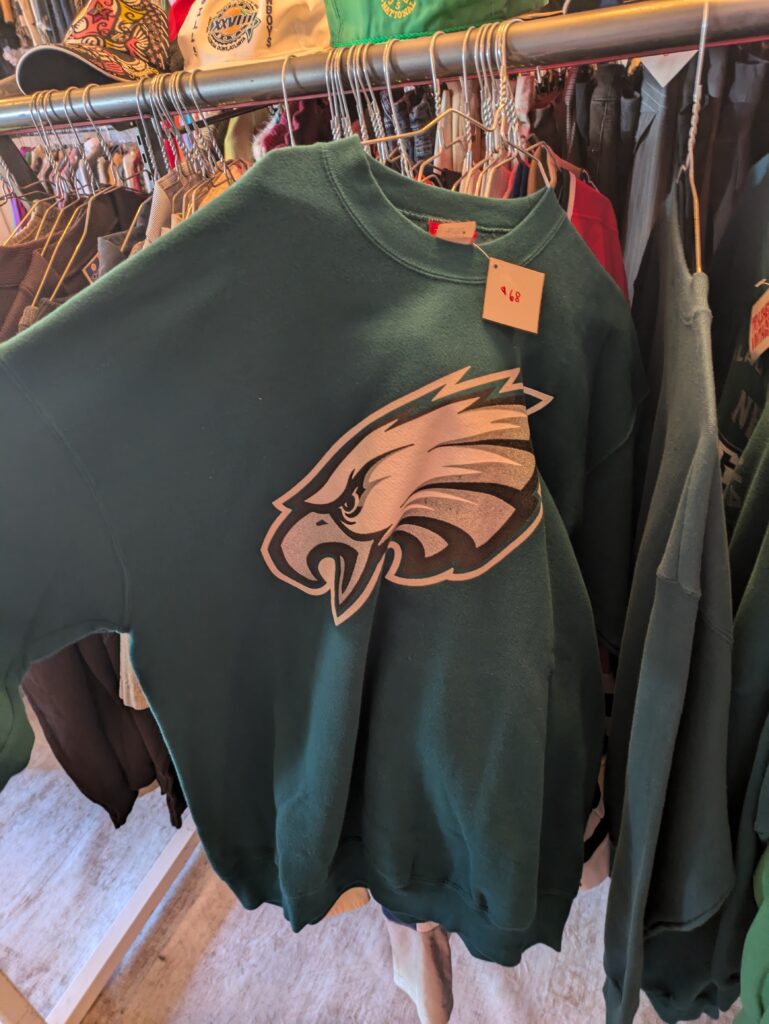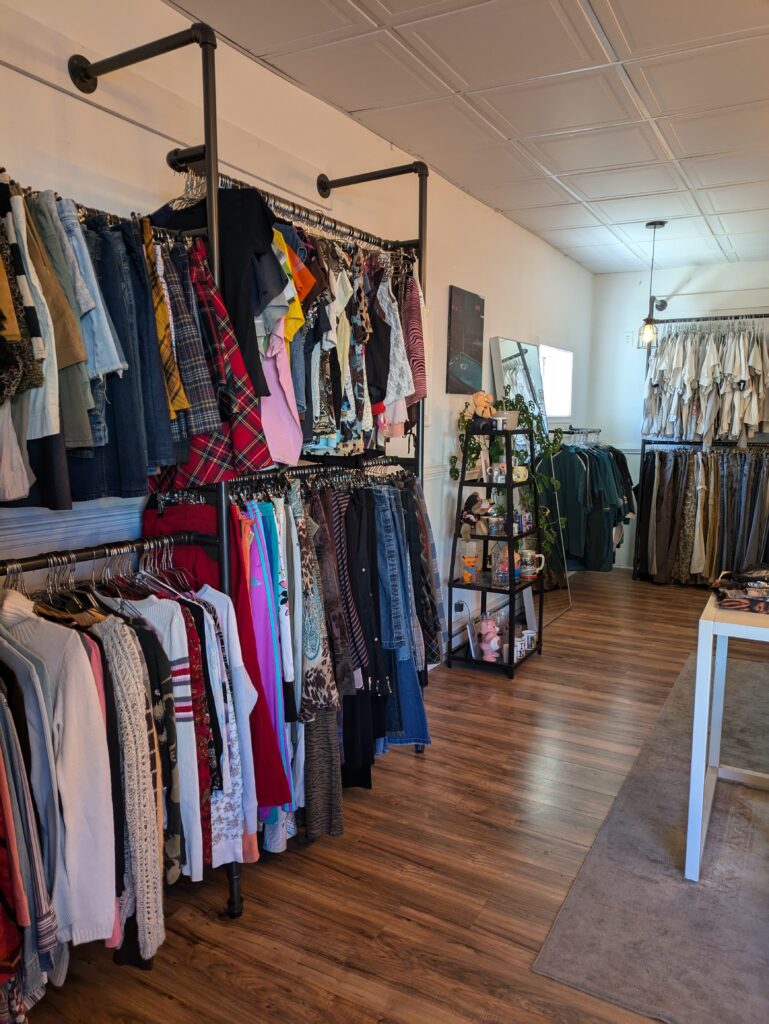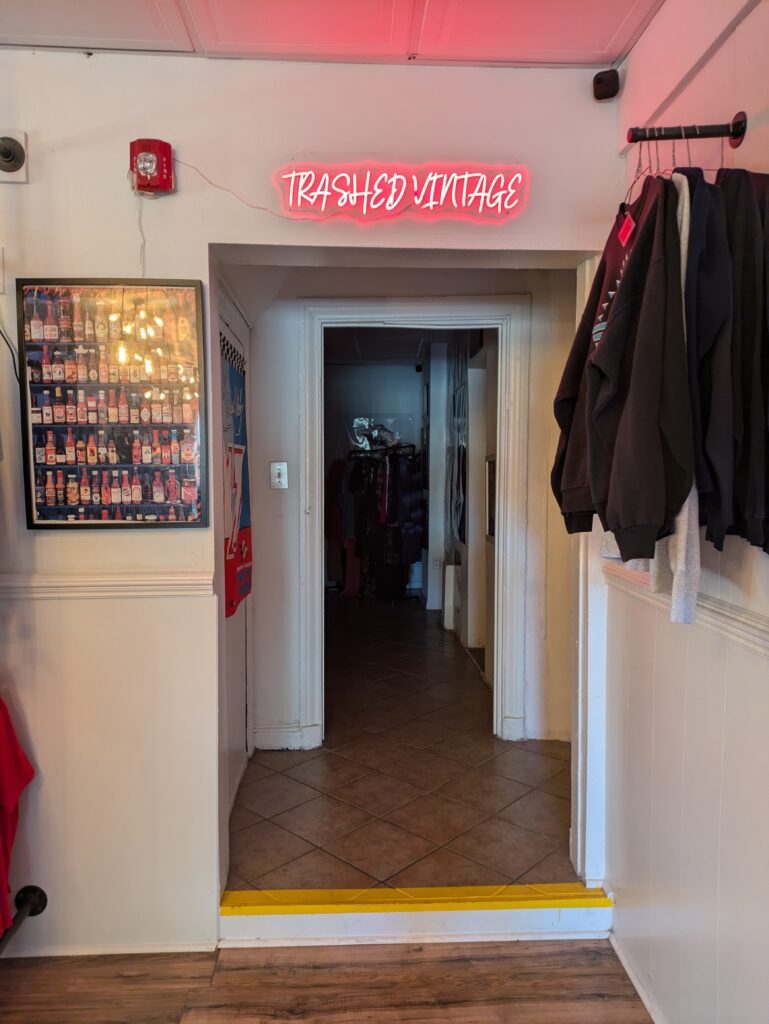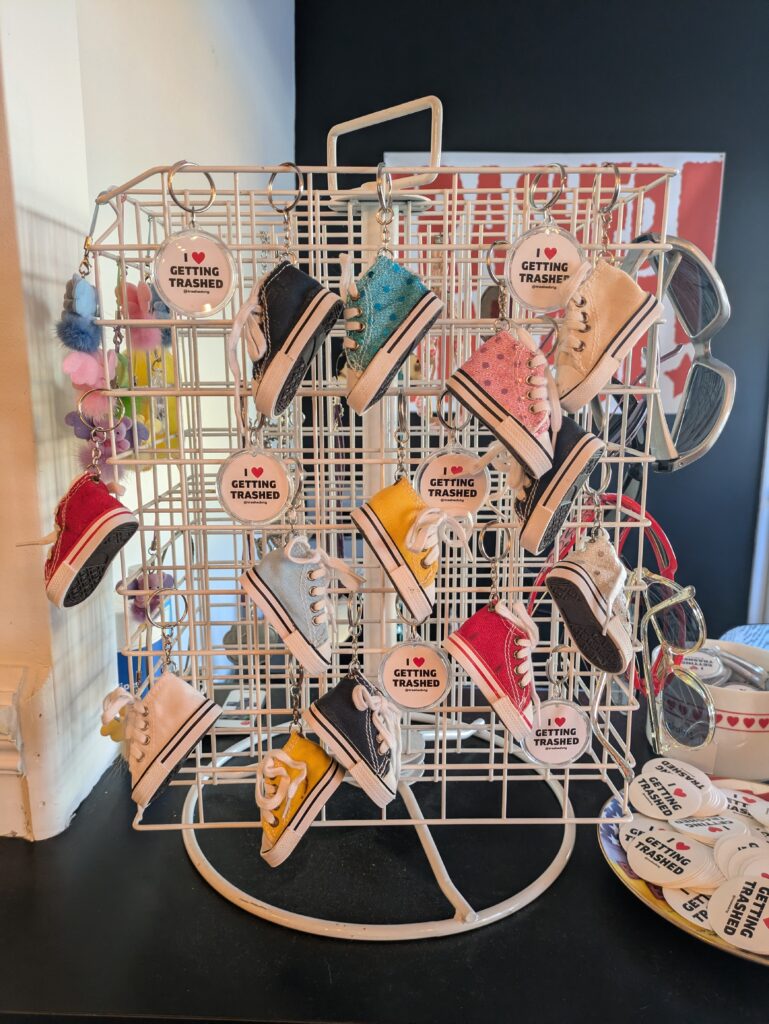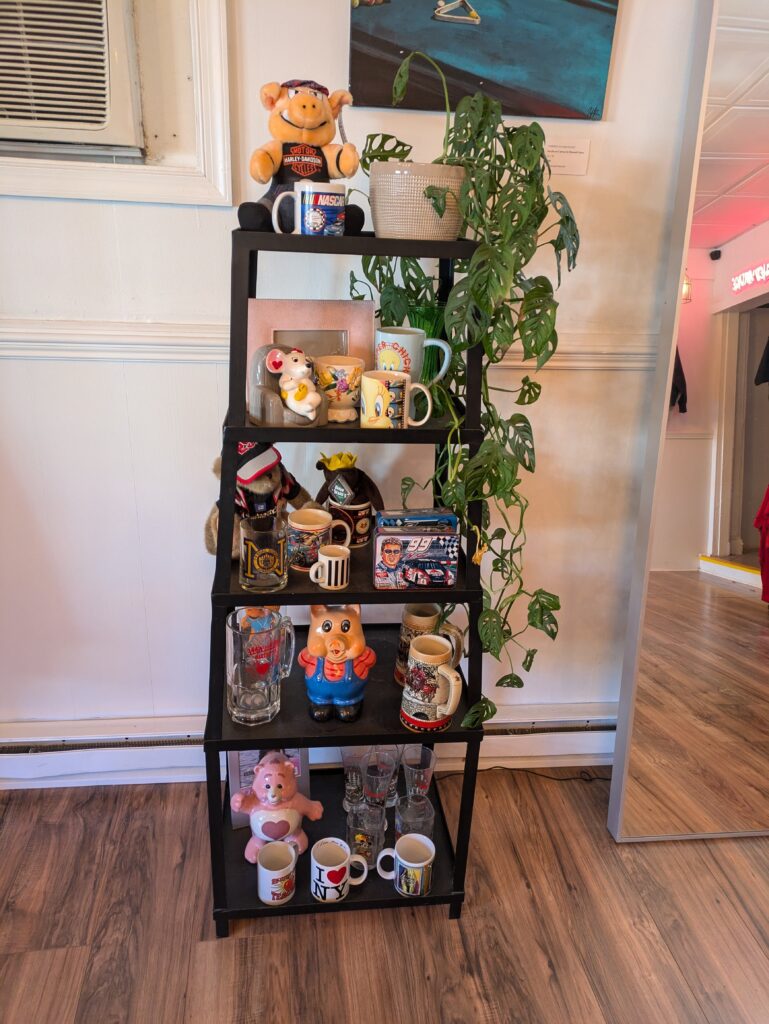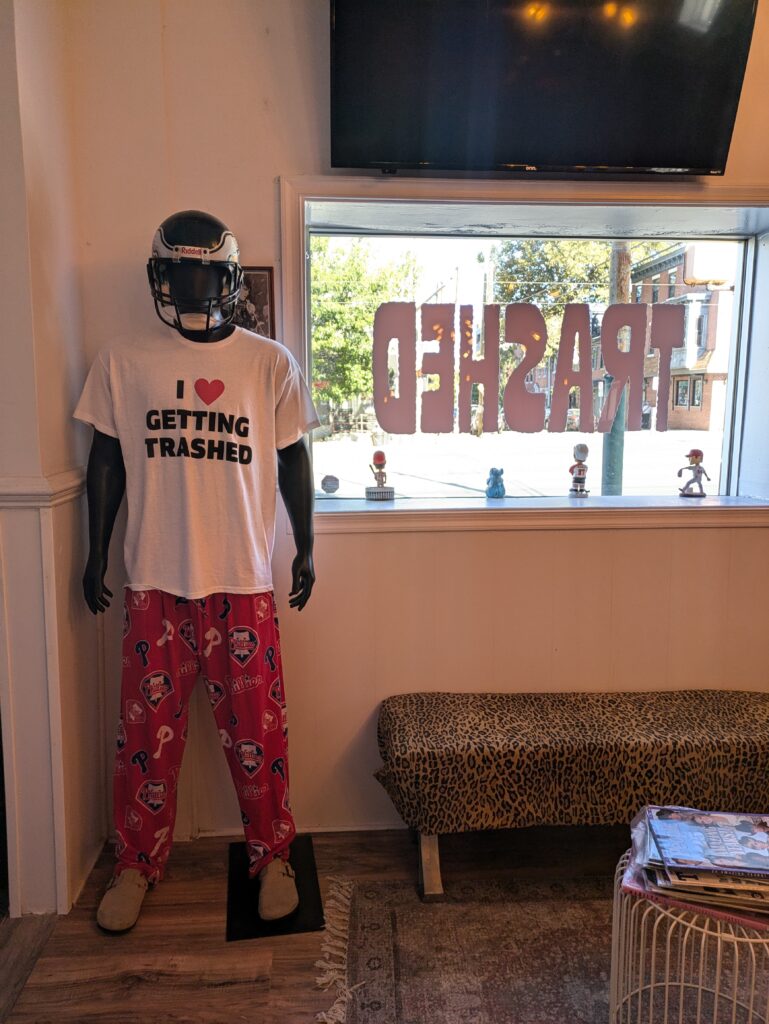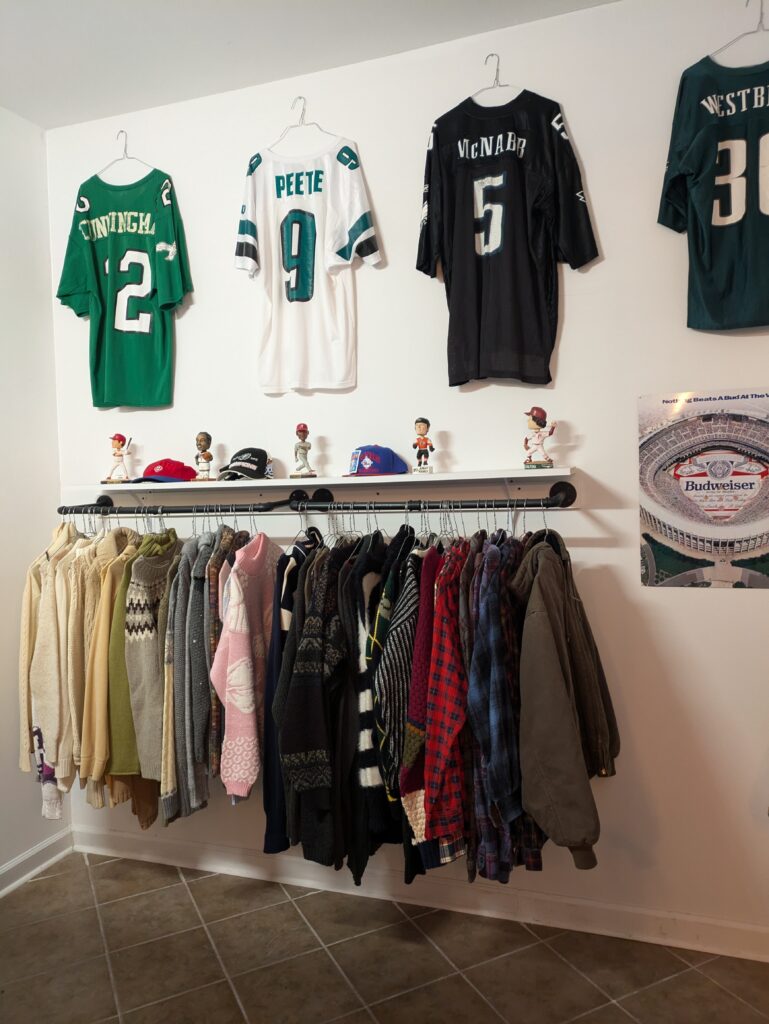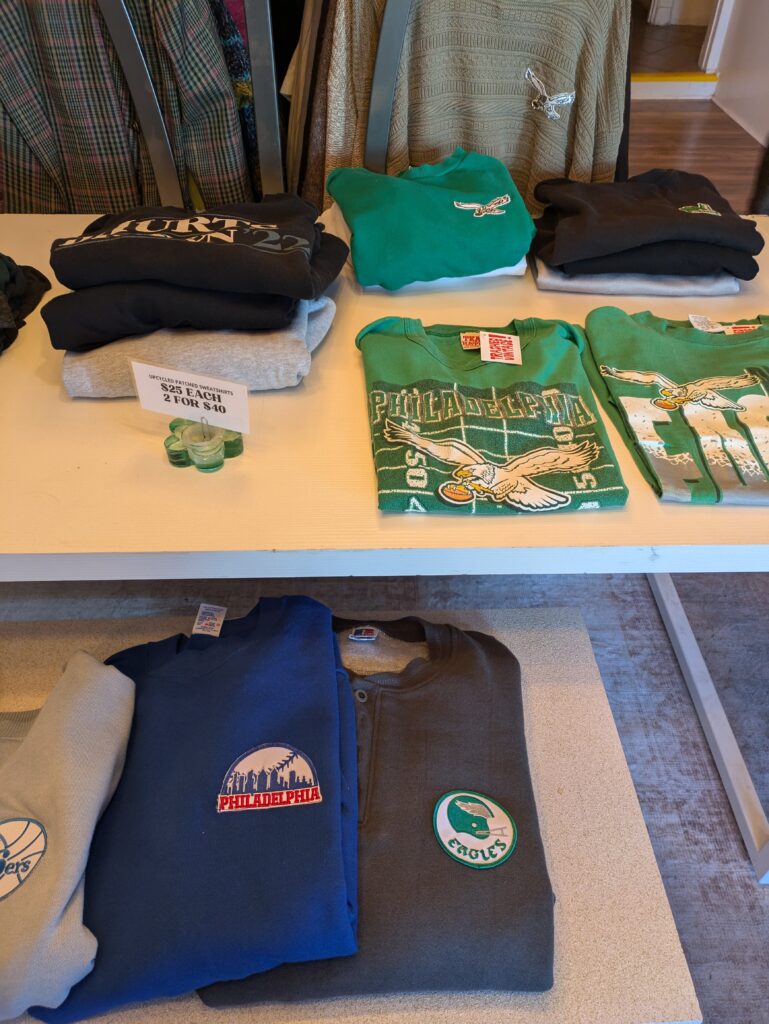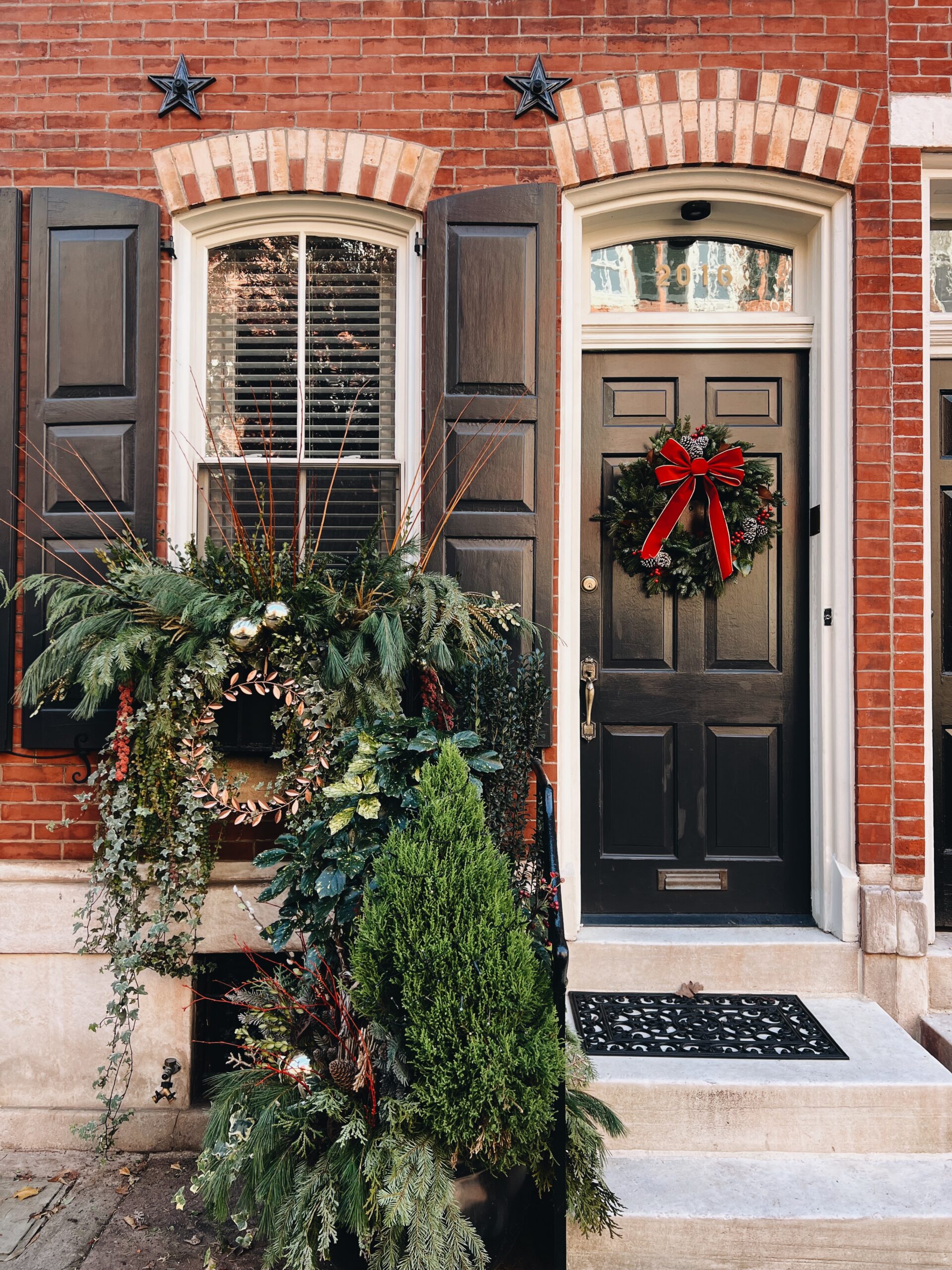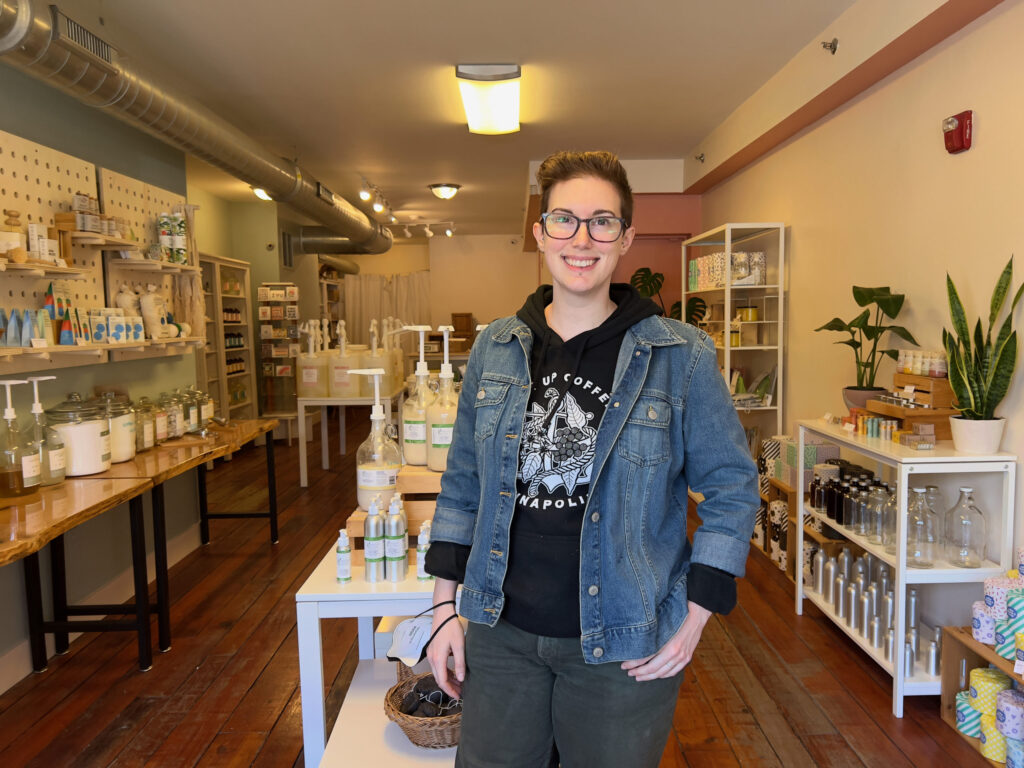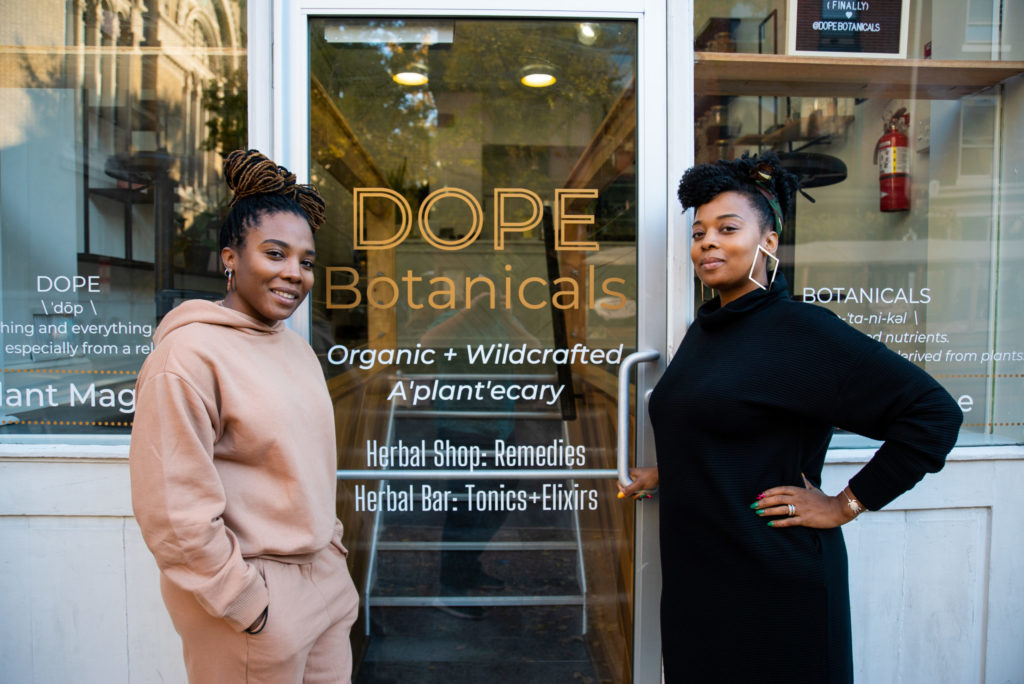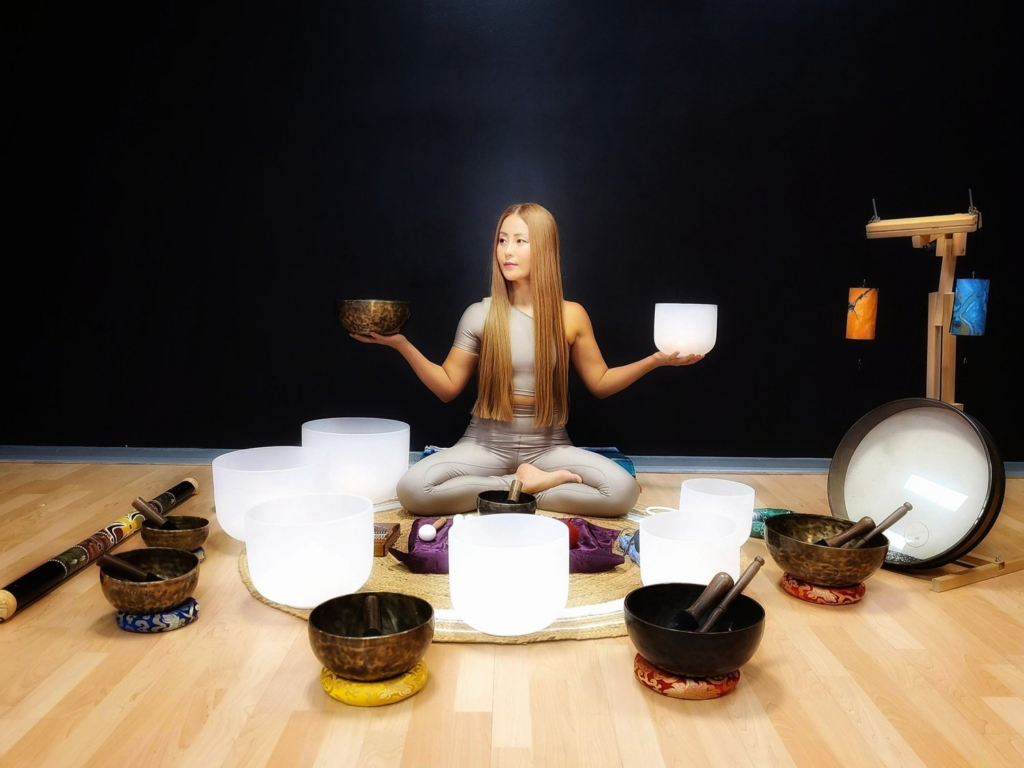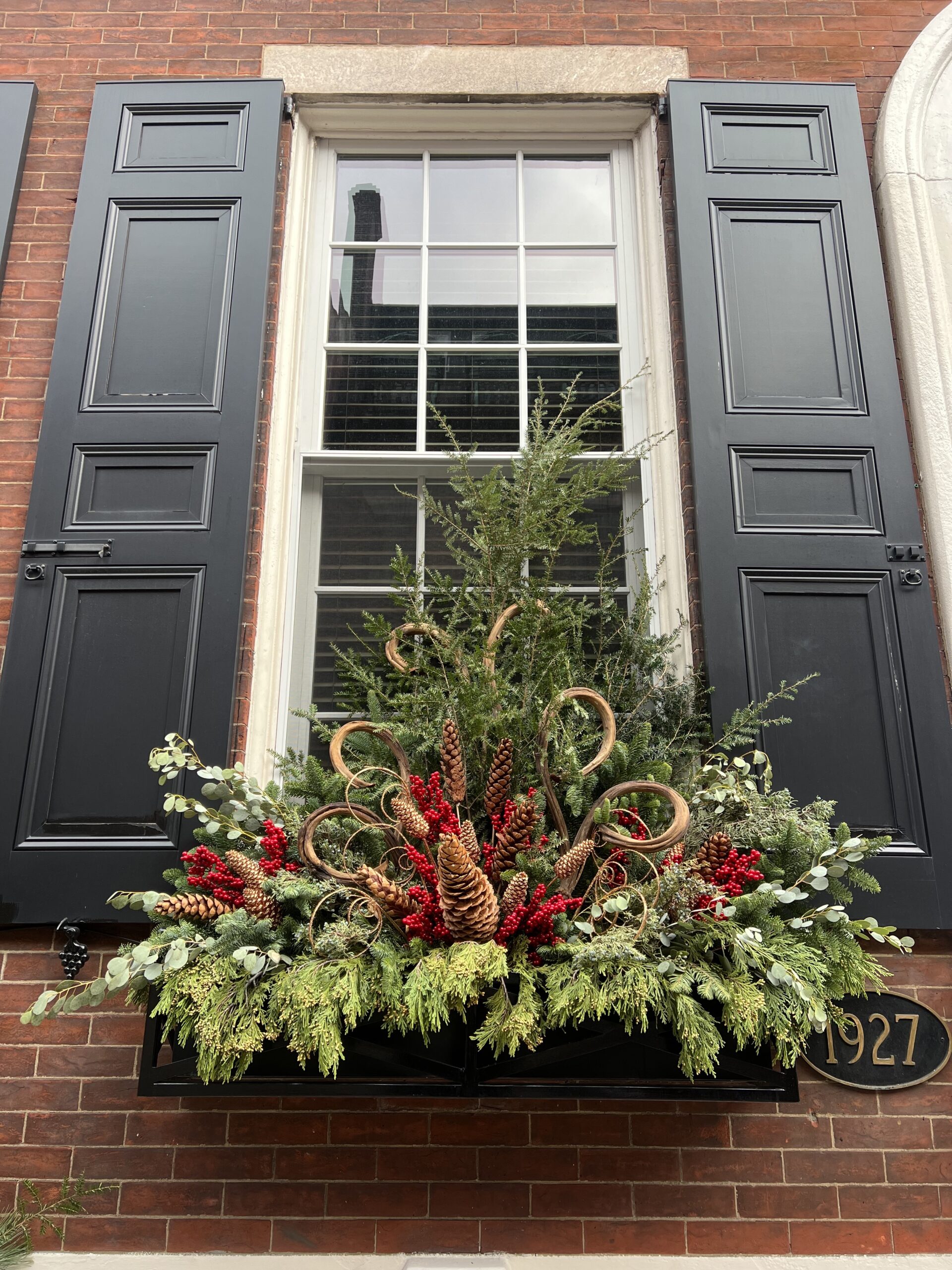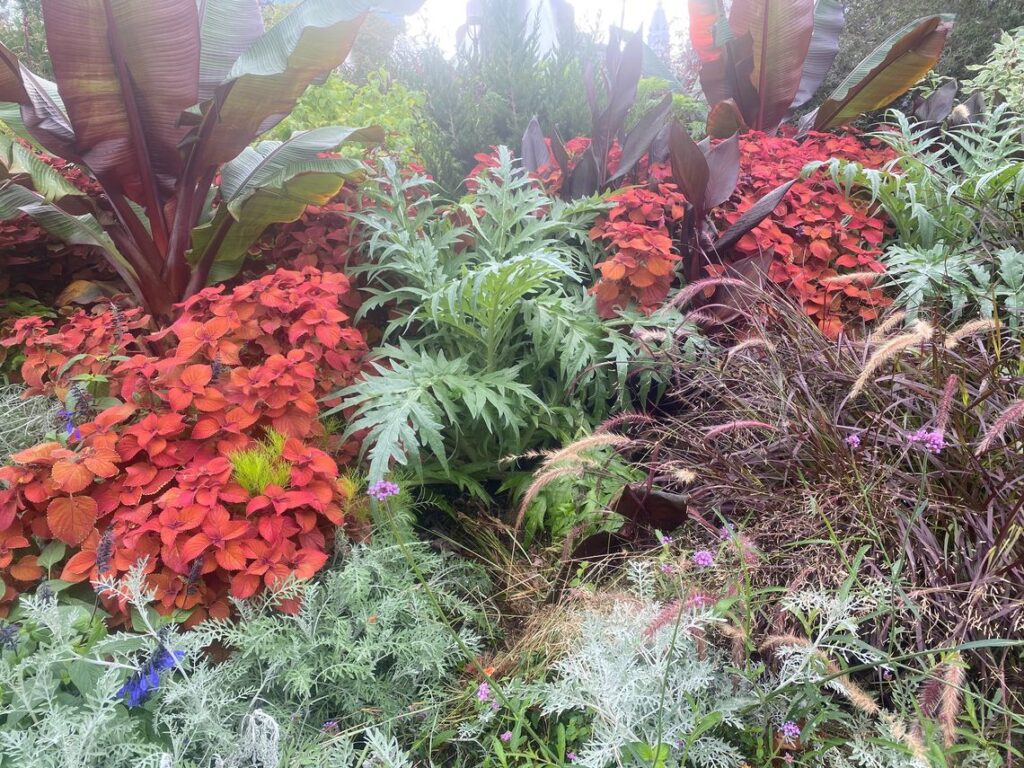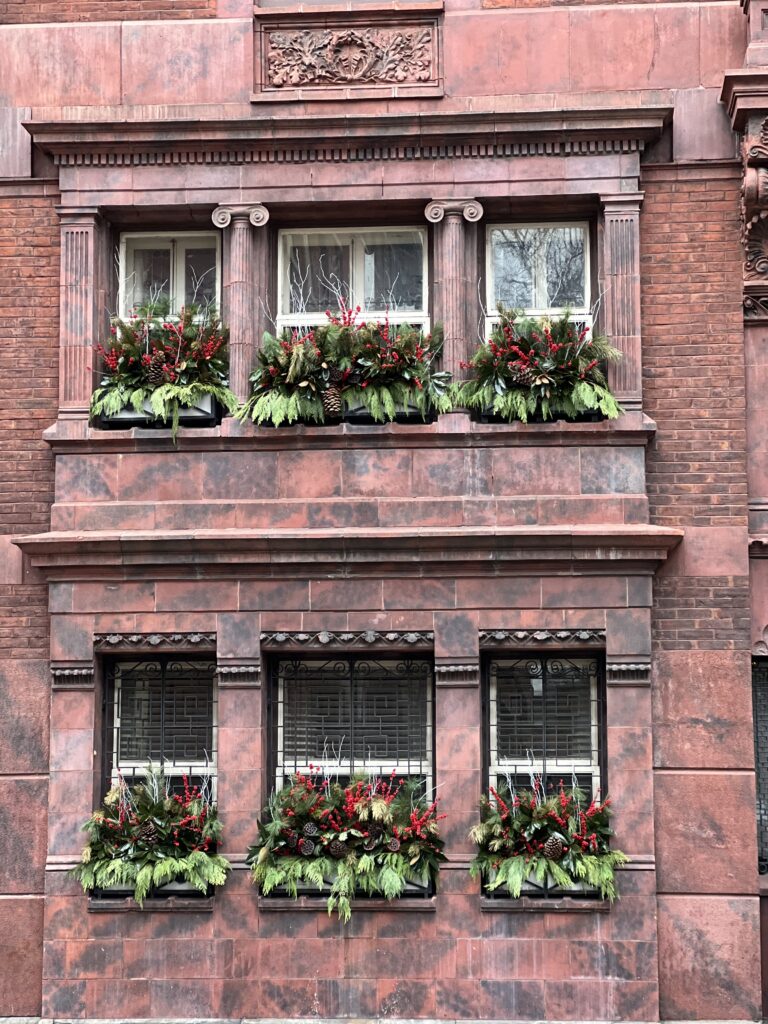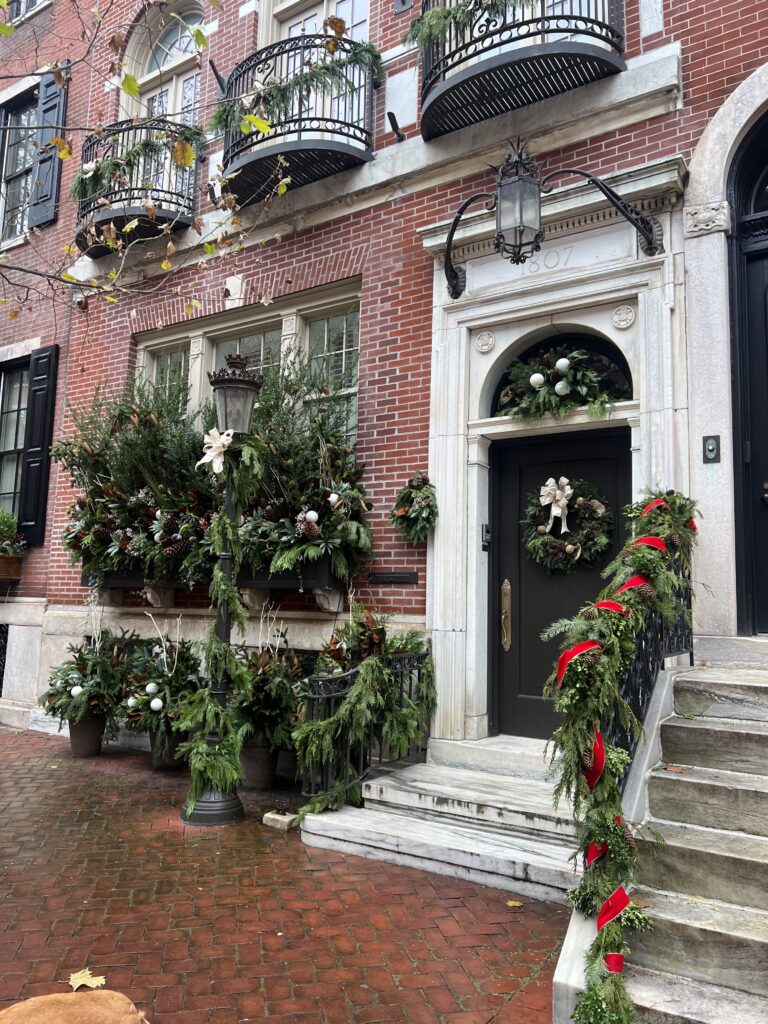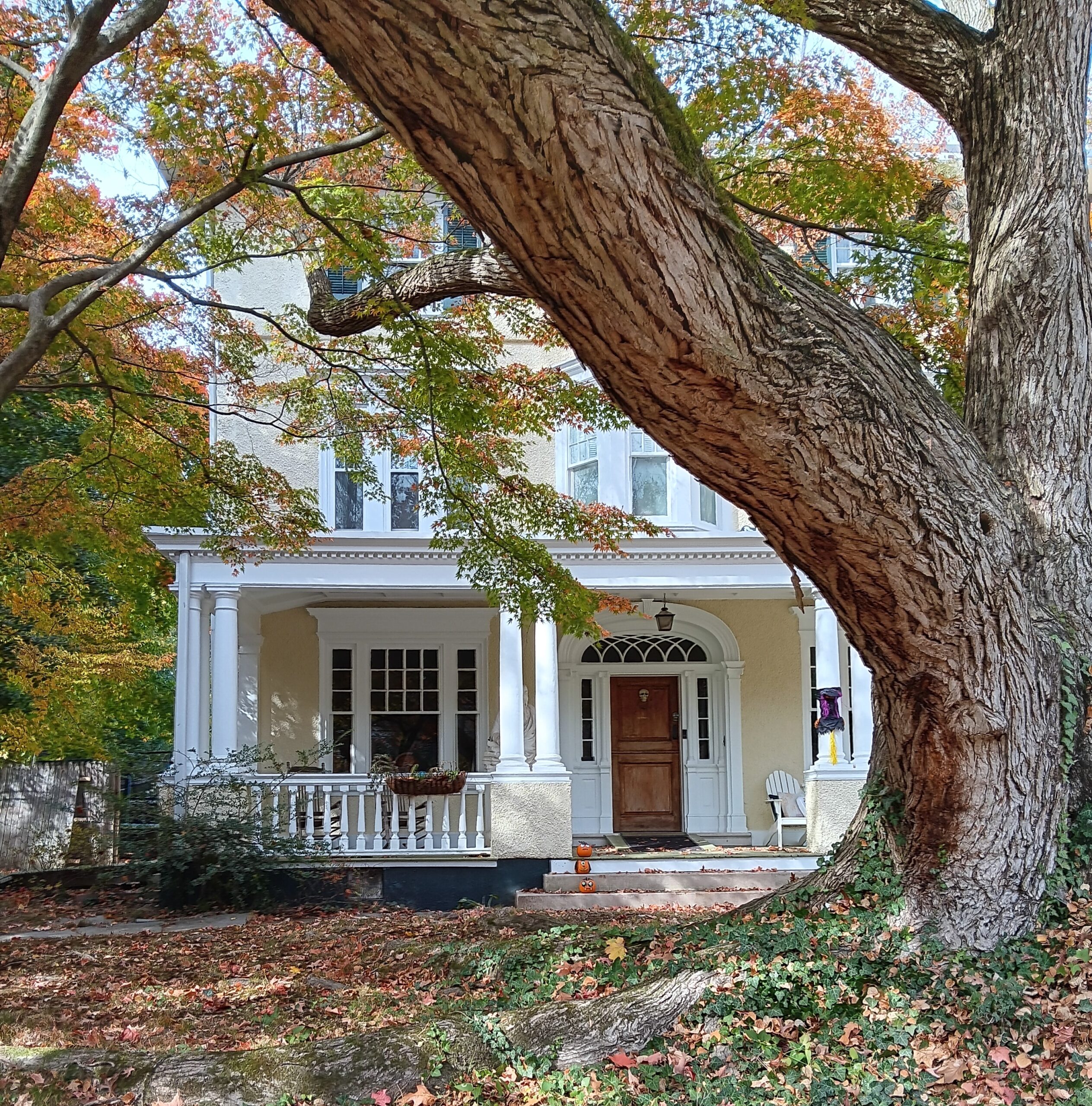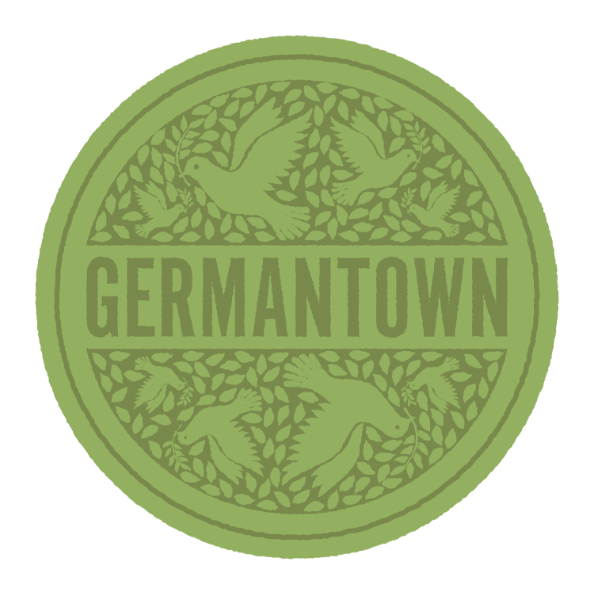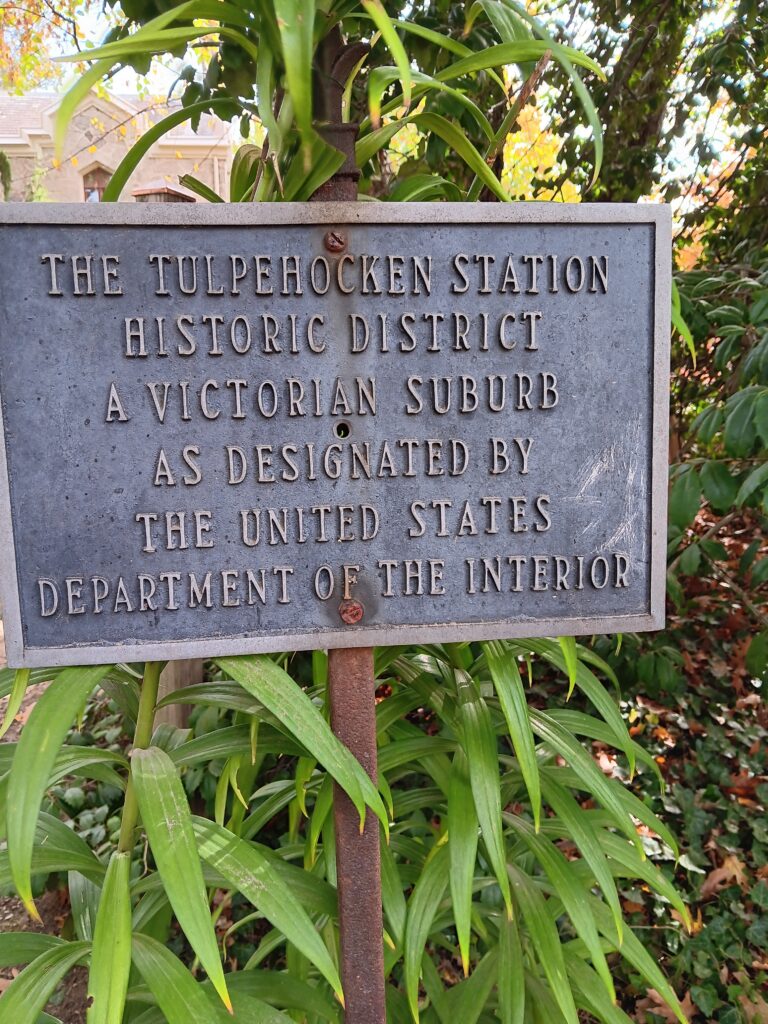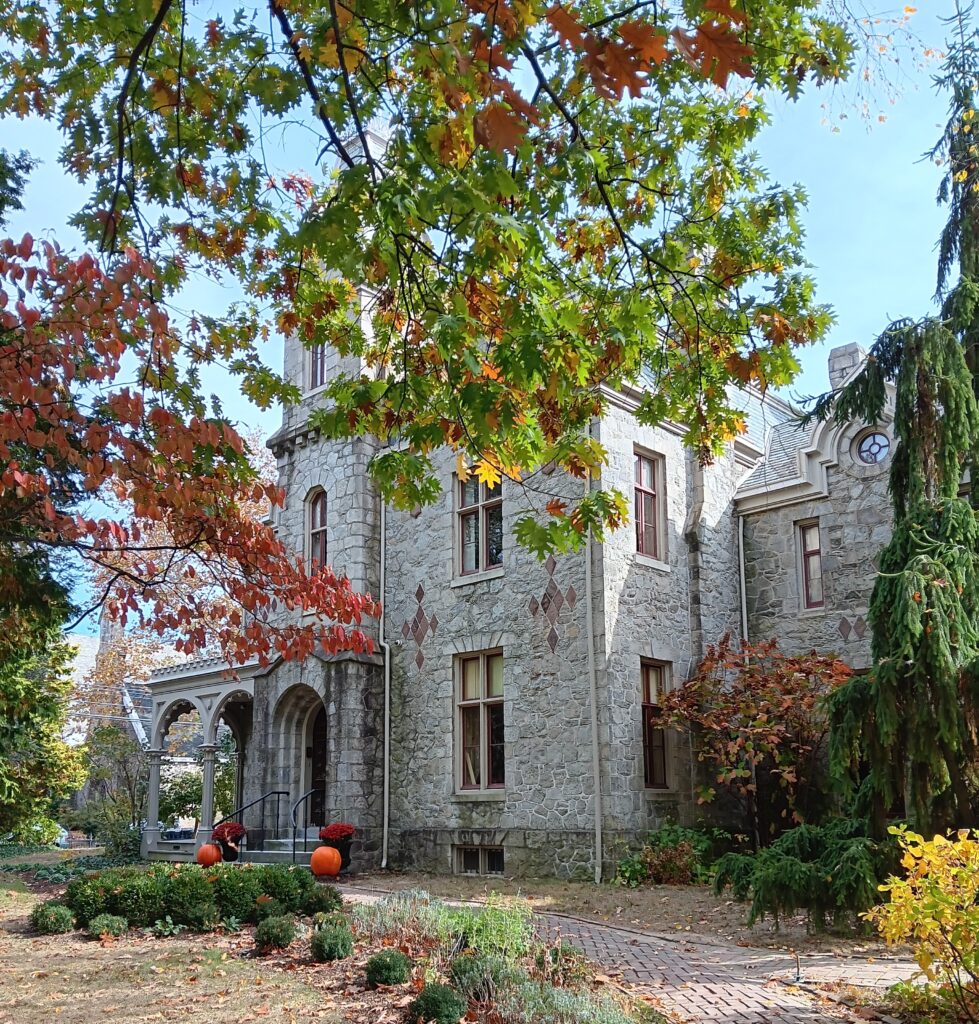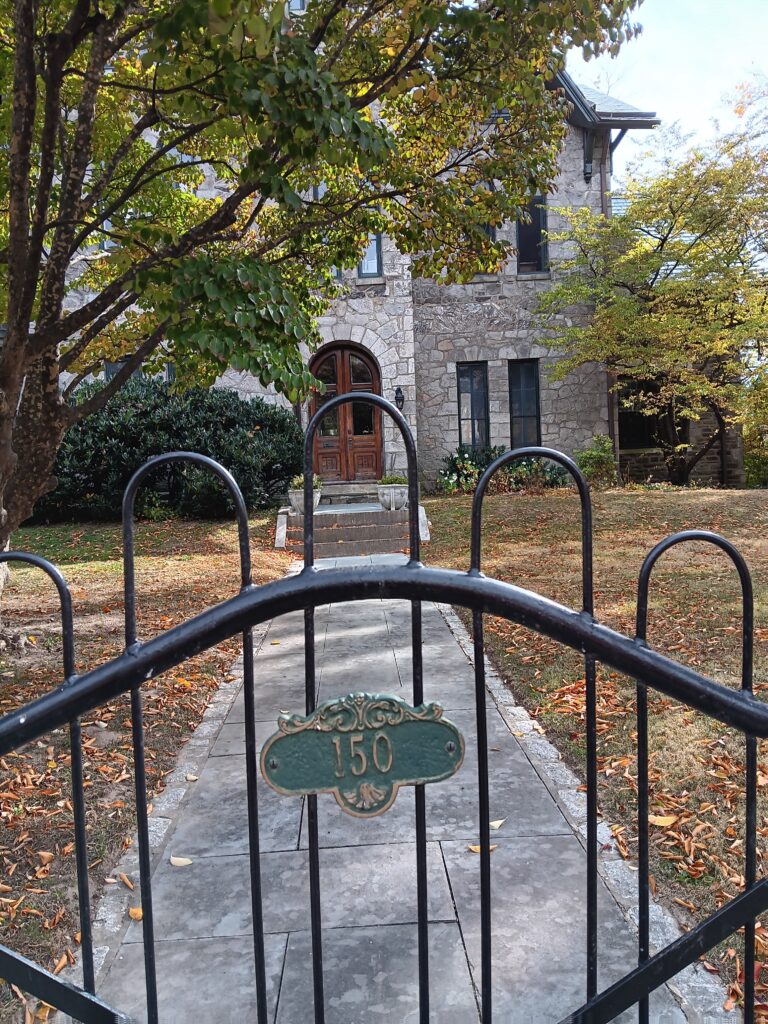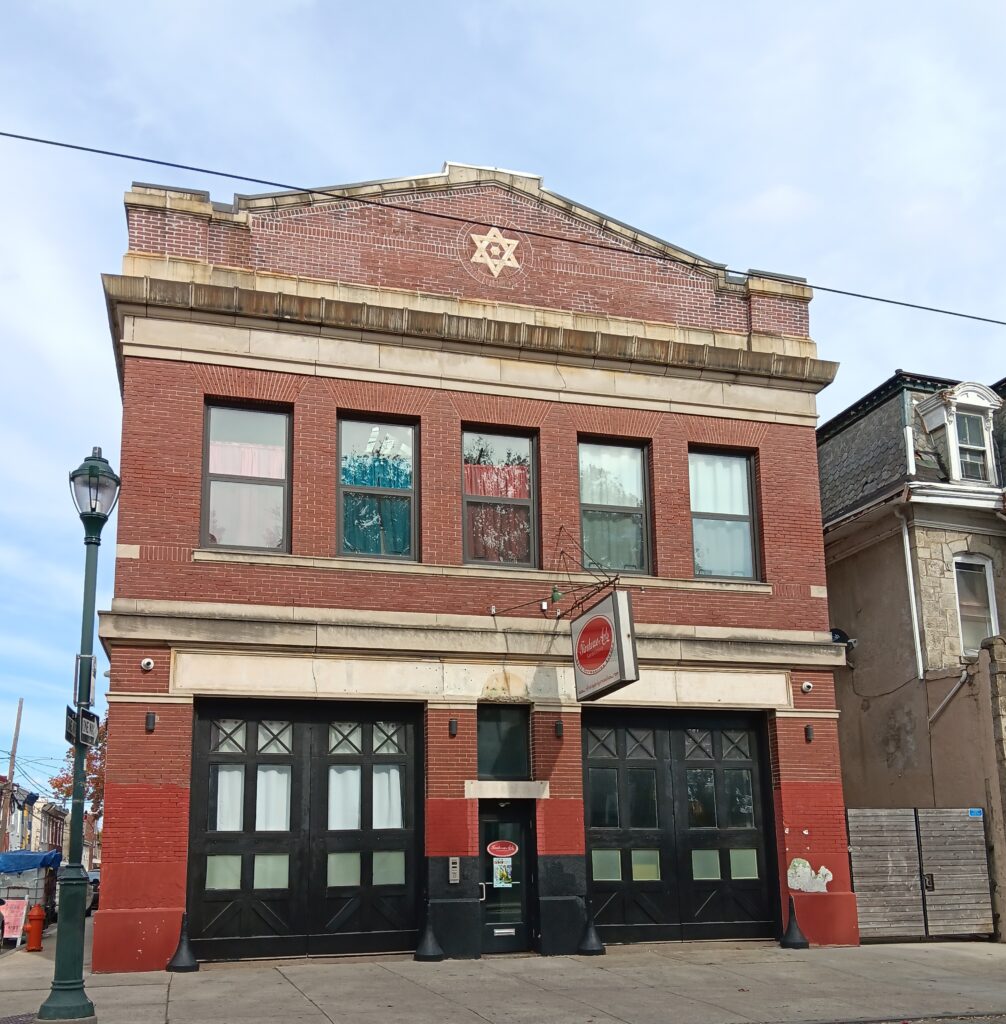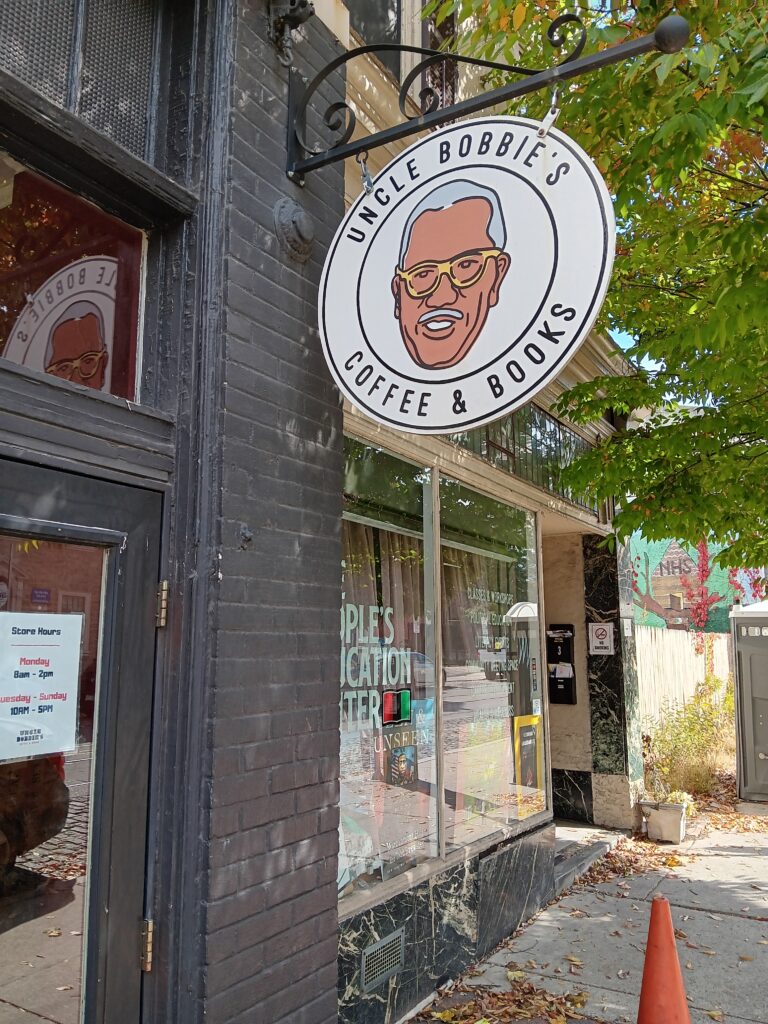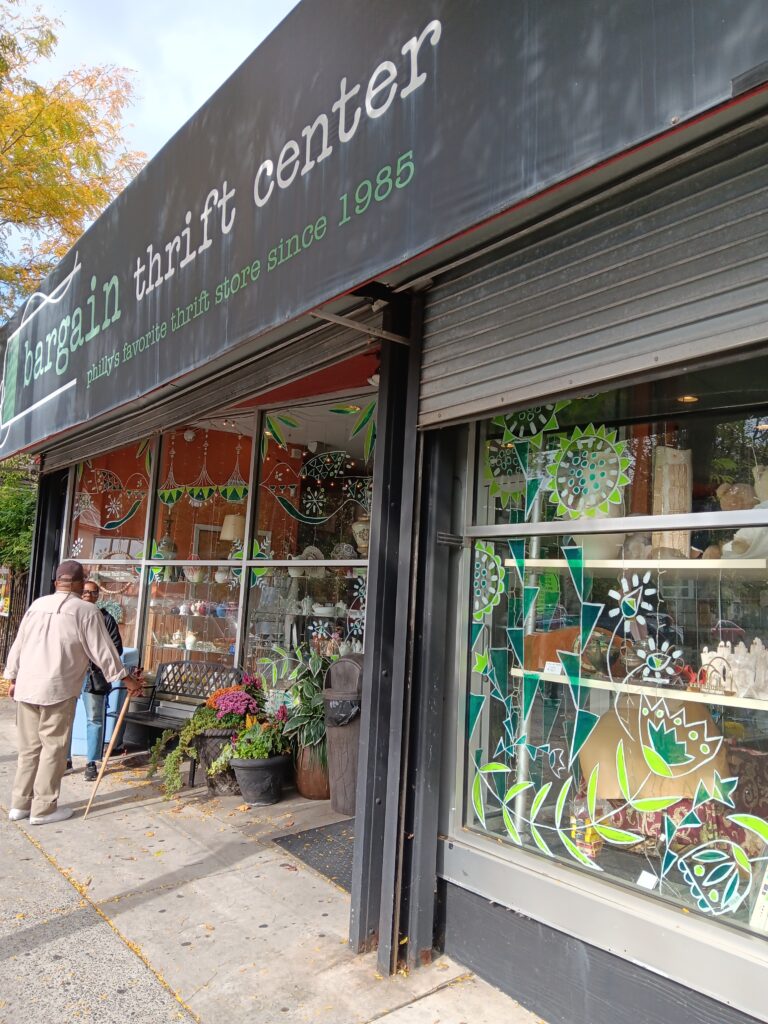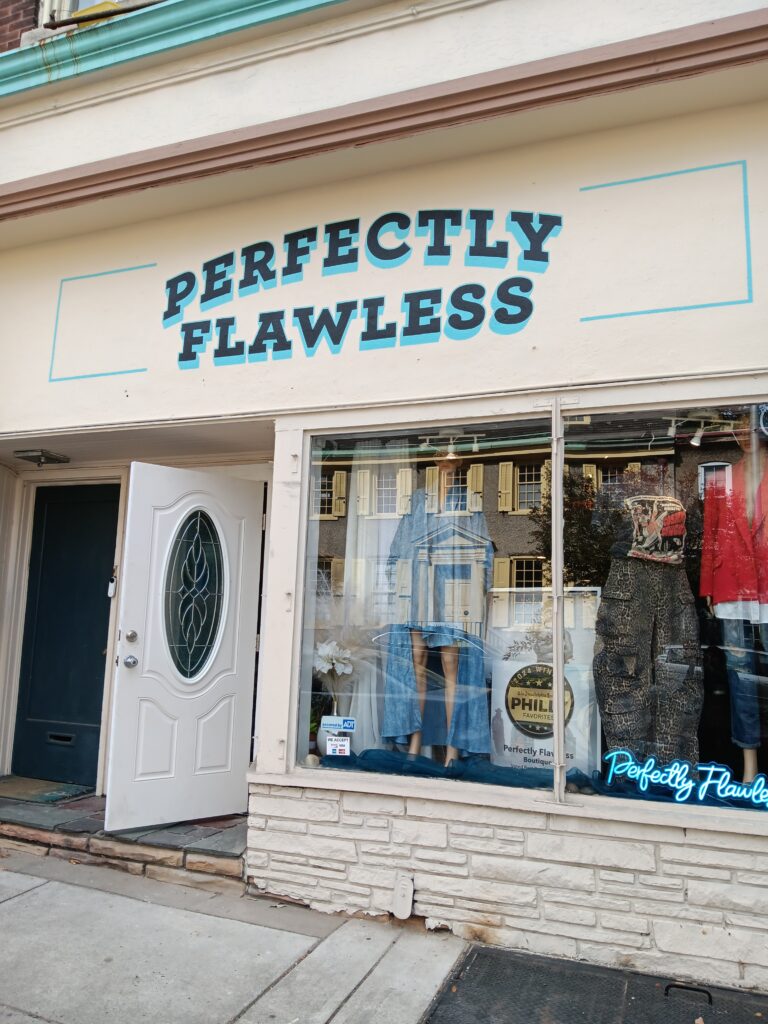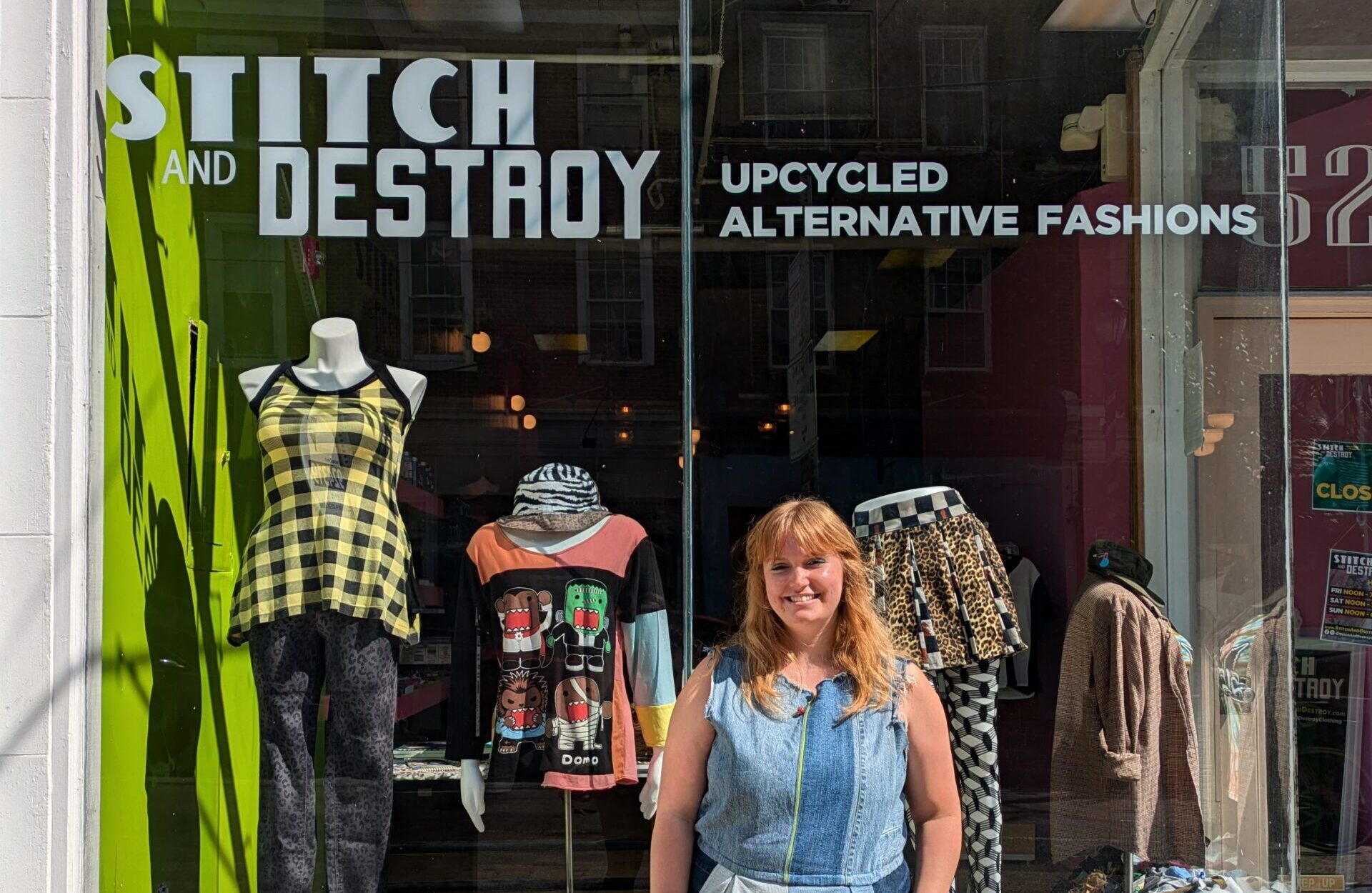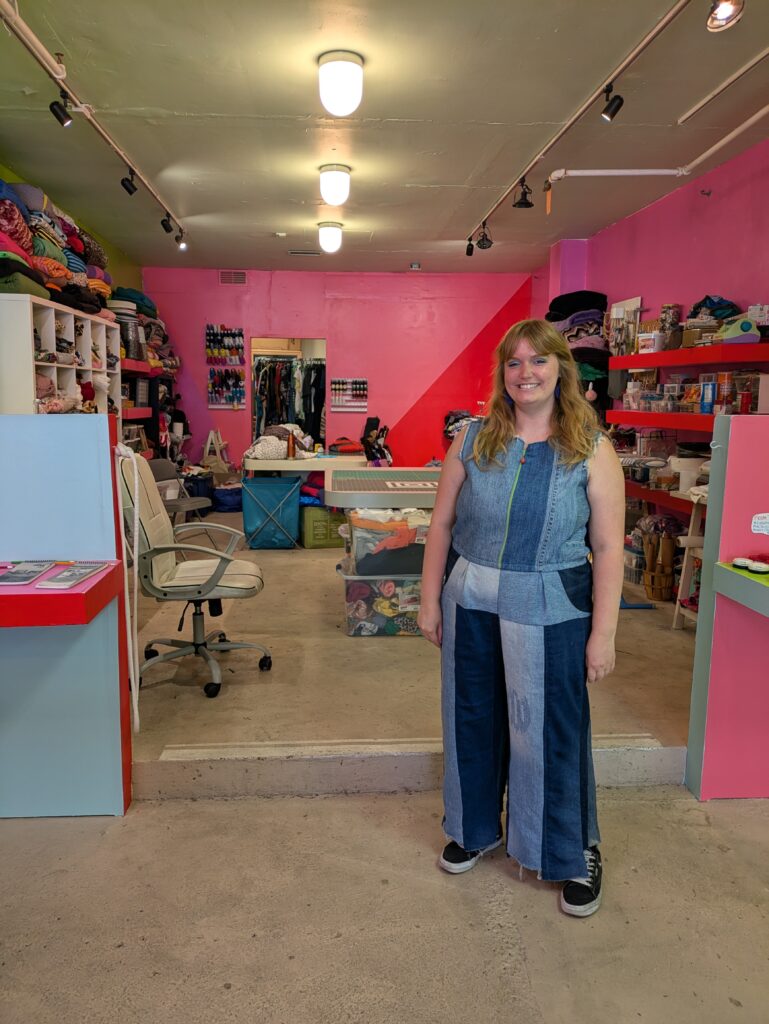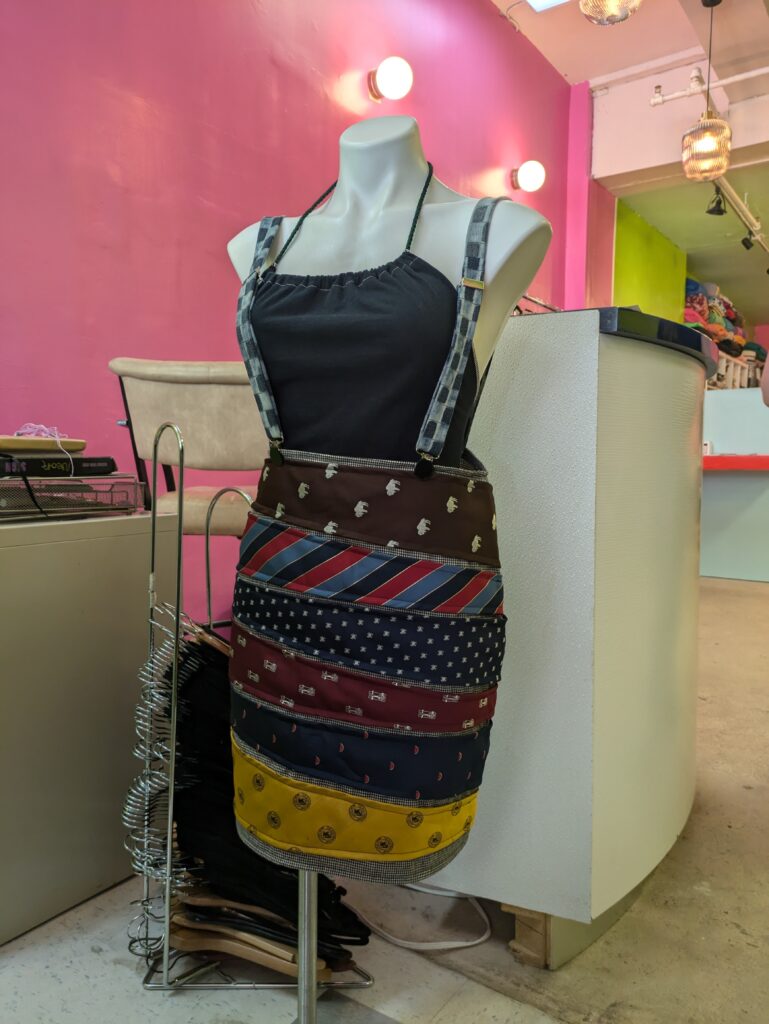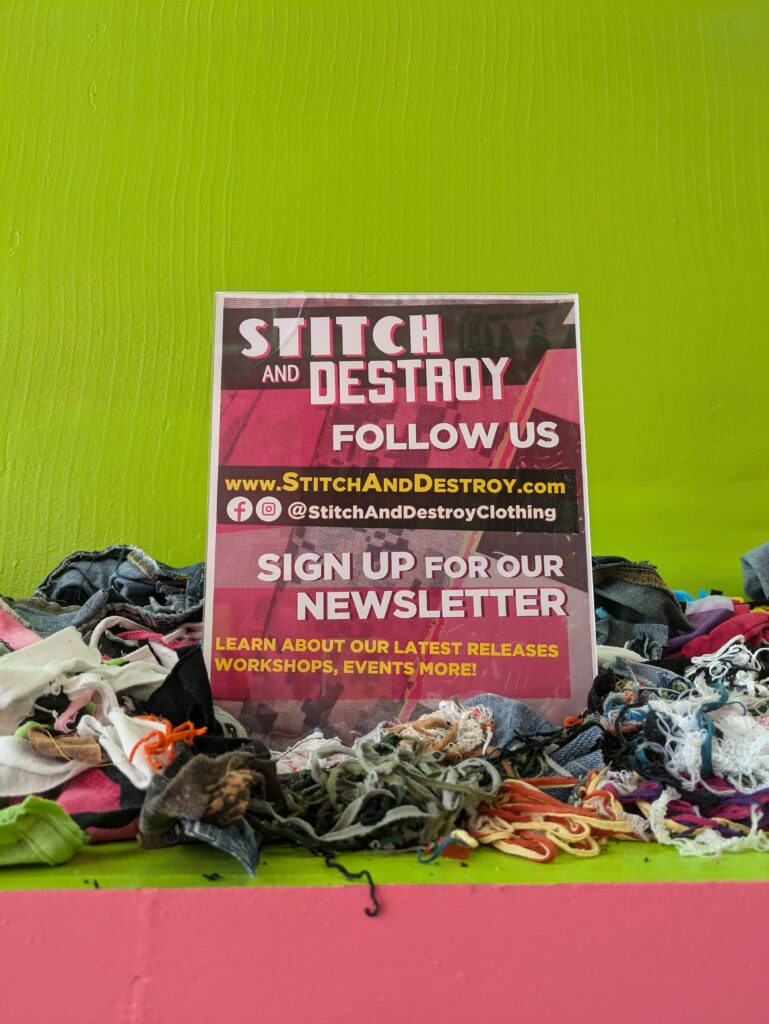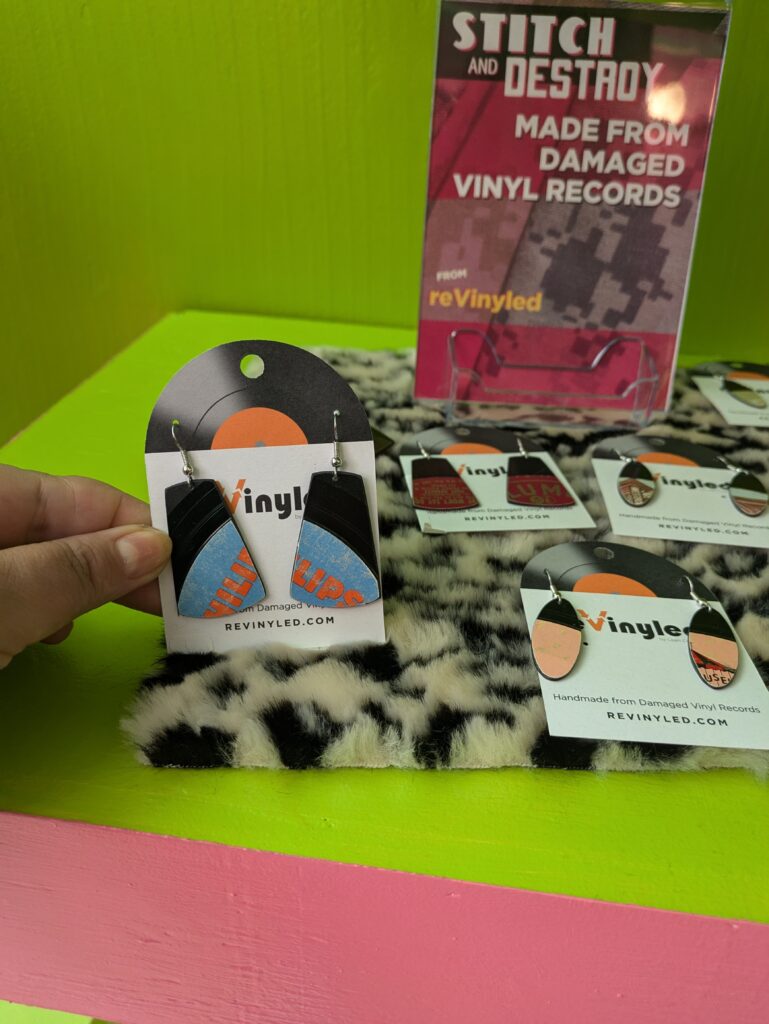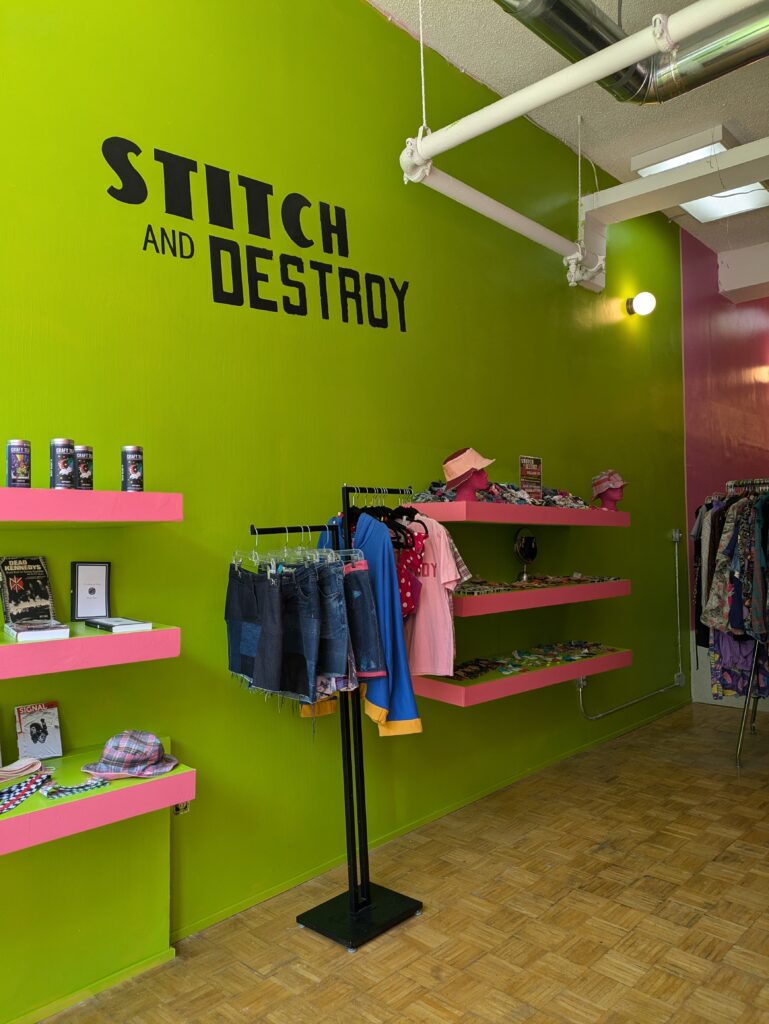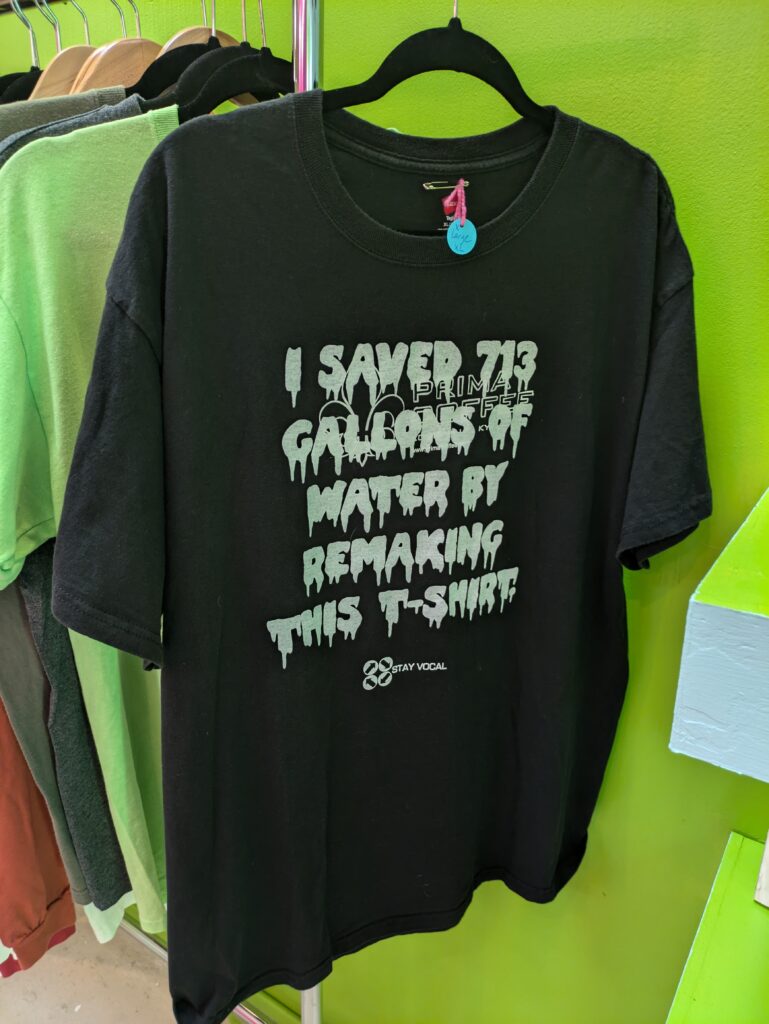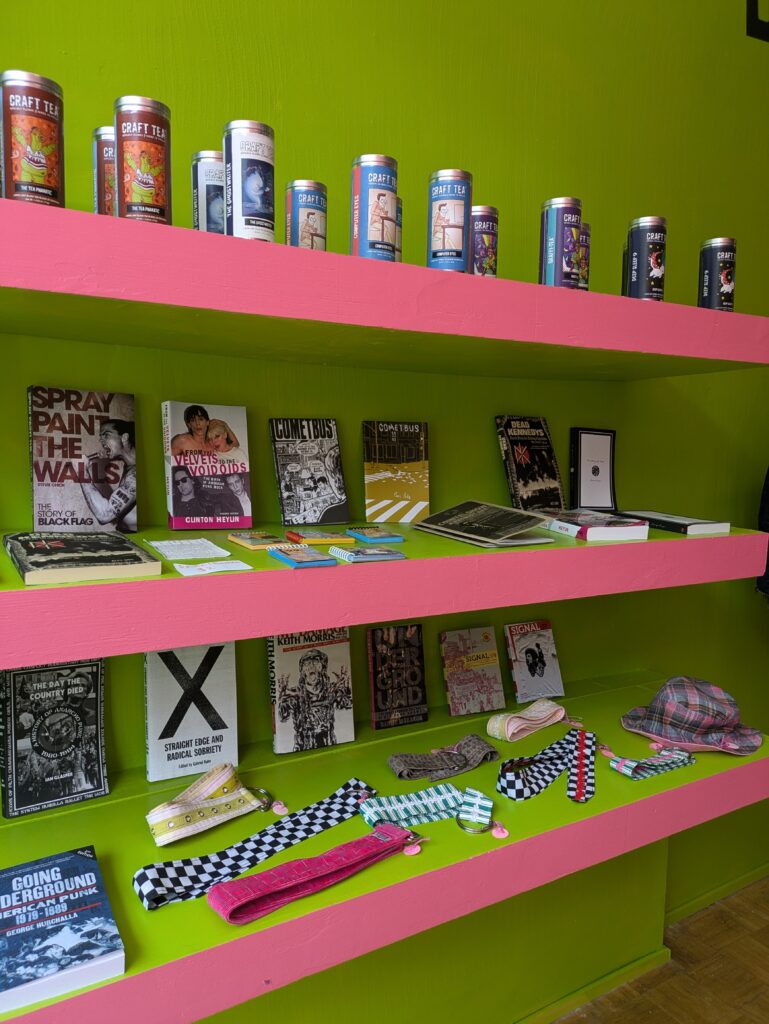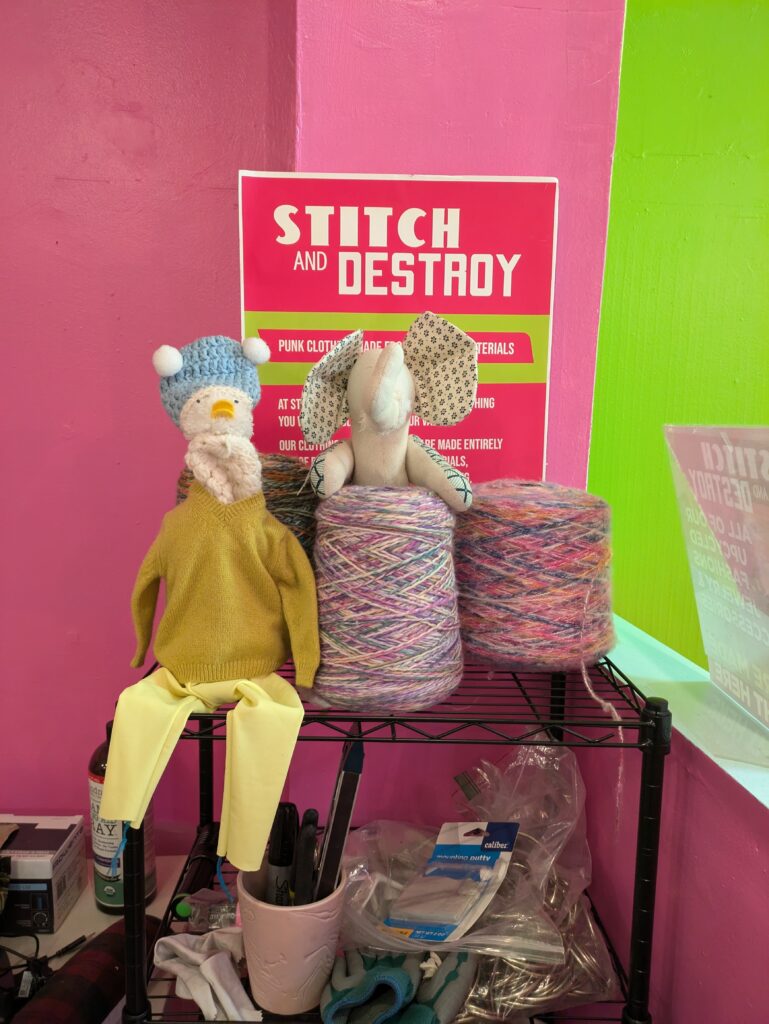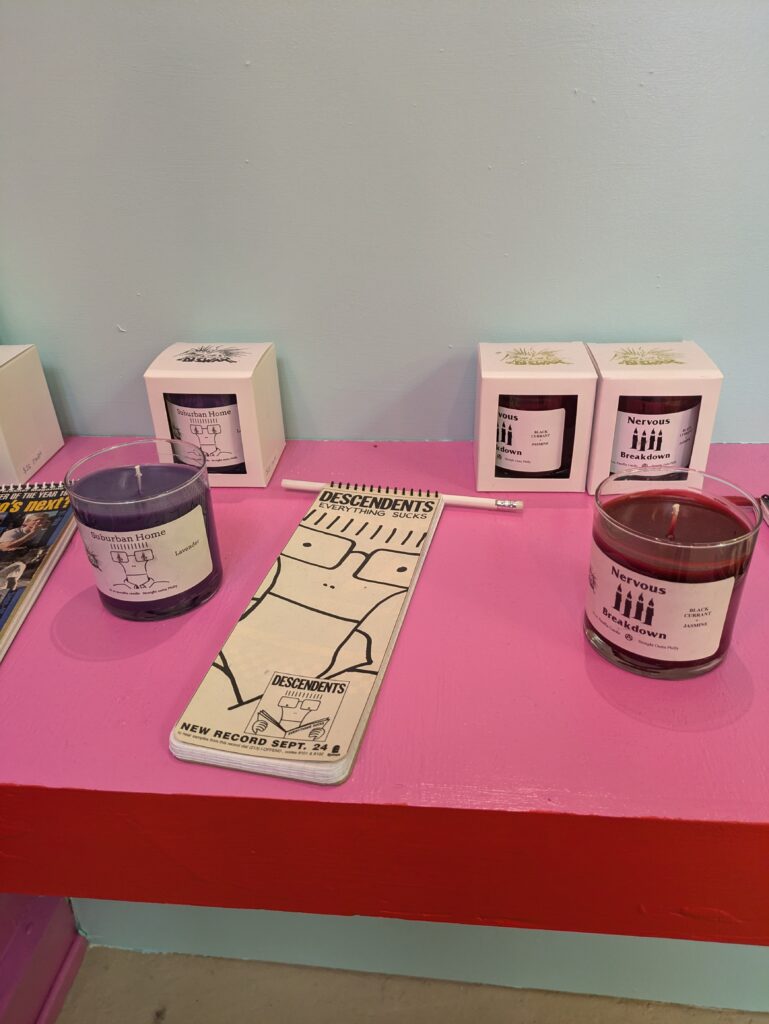When novelist and Philadelphia native Leah Franqui returned to the city in the Spring of 2024, after eleven years living in New York, Mumbai, and Atlanta, she knew what she wanted. Point Breeze seemed affordable, exciting, and a new neighborhood for Franqui to explore, having grown up in Northern Liberties. Additionally, “My brother Alex and his wife Rebecca live in Passyunk with their daughters, so I knew the area a little from previous visits. Being close to public transportation was also important,” said Leah who teaches at Saint Joseph University on City Line Avenue.
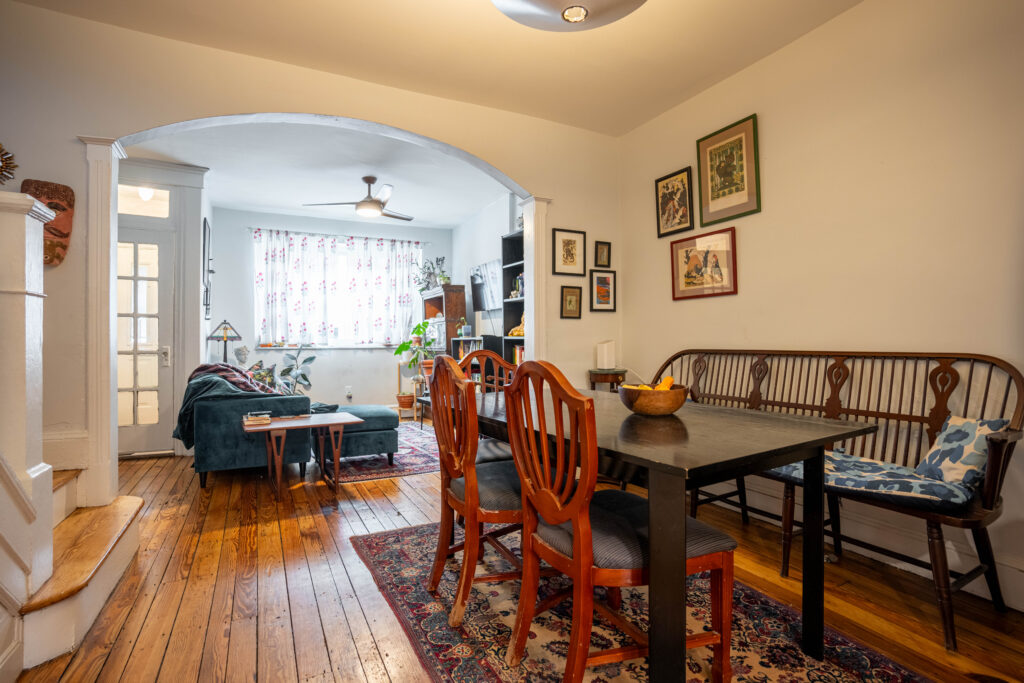
Her choice? A two-story, brick row house at 1613 S. Bancroft Street located in Newbold. A subdivision of Point Breeze, Newbold is bounded by Tasker to the north, Passyunk Ave. to the south, S. Broad St to the East and 18th St. to the west. After spotting the property online, Leah asked her mother, Deborah Solo, to scout out the house while Leah was still in Atlanta. Although they settled on the property, Leah did not get a chance to tour the place herself until a month after settlement.
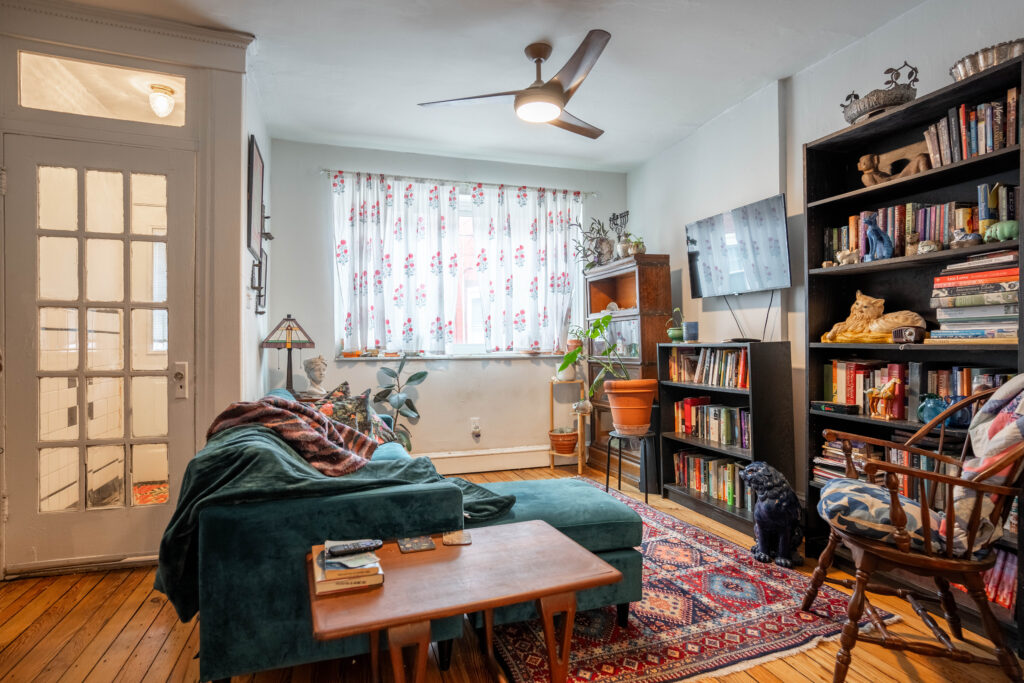
“I saw the house in person in April of 2024, after I’d already bought it! It was just a shell but I knew I was going to love it,” said Leah who shares her mother’s passion for renovation.
“I was very relieved when she finally walked through and could see beyond the carpeting and paneling,” said Deborah.
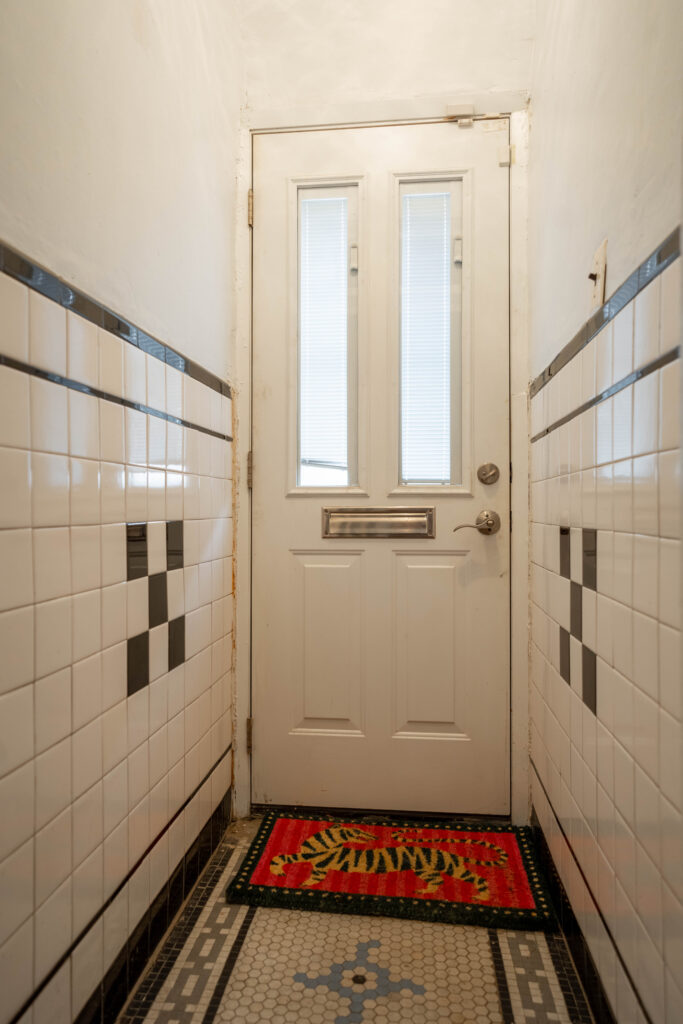
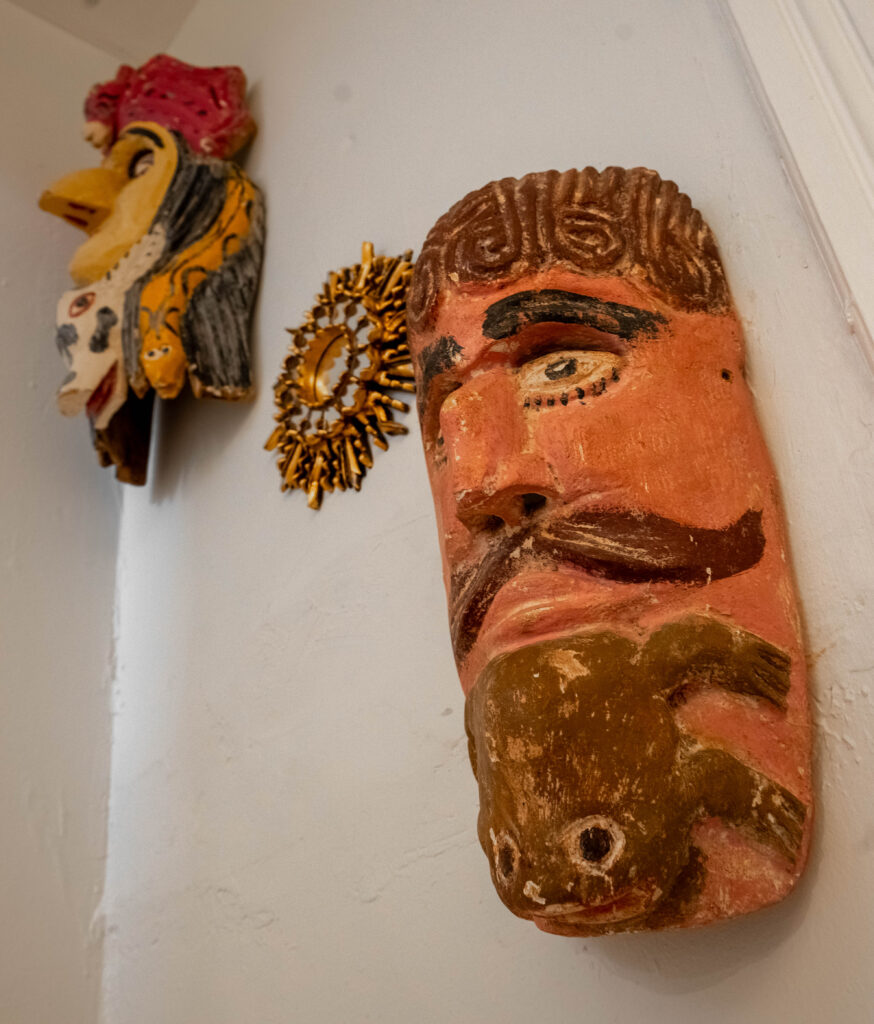
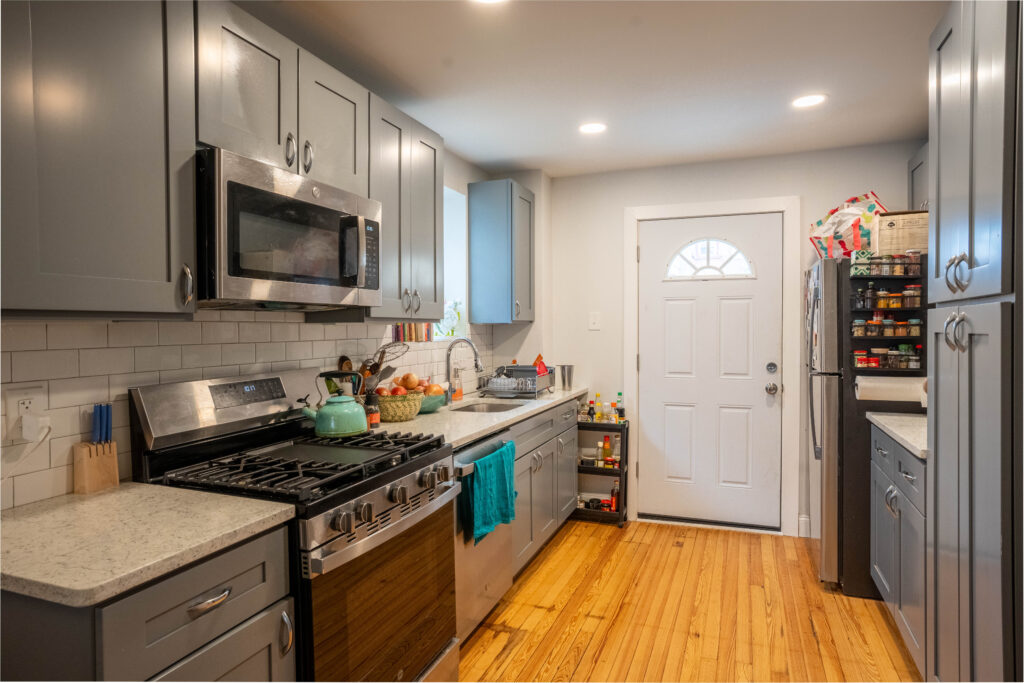
Built sometime between 1910 and 1920, the house had some original details Leah loved, including the archway separating the living and dining room, the tiled entryway, and the original banister on the stairs. She also liked the original wooden floors when they revealed themselves under layers of wall-to-wall carpets and vinyl.
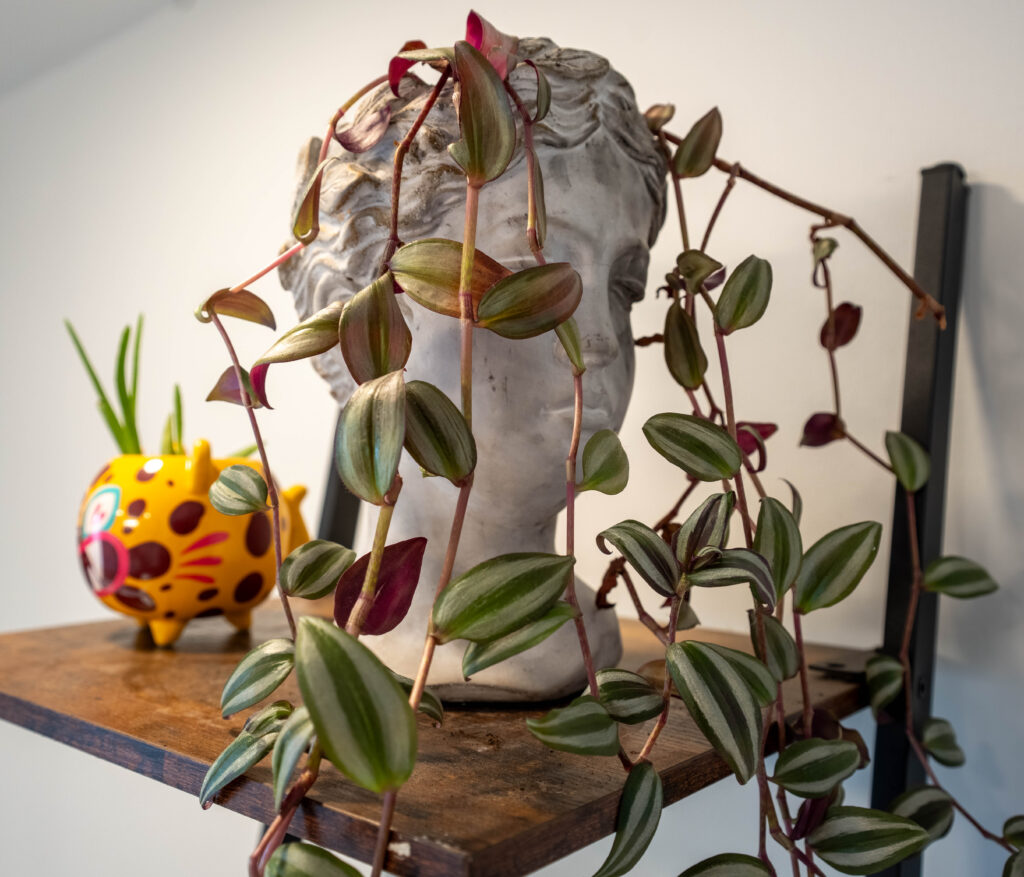
However, a lot had to go! “I created an open-floor plan by getting rid of the wall separating the living room from the dining room, along with the small kitchen and a powder room on the first floor,” she said. Leah also had to remove the 1960s wooden paneling in the mudroom and convert that into a new kitchen. By demolishing the old kitchen, she created space for a backyard, South Philadelphia style, a cement-paved square with Eastern-facing light.
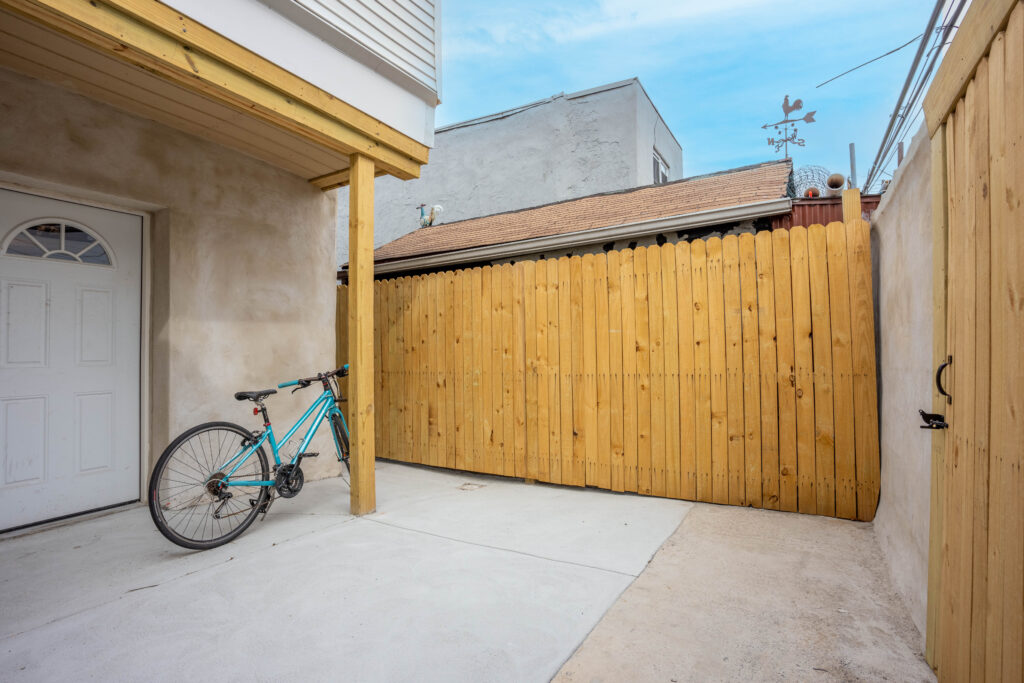
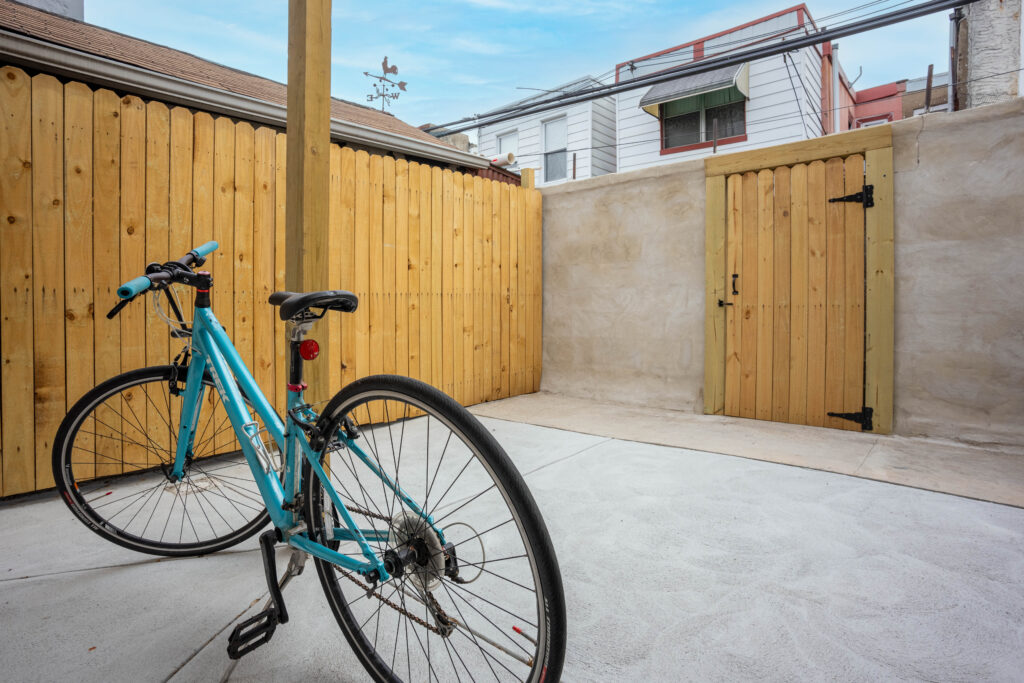
“I’m so excited to finally have outdoor space! This spring, I’d like to build some big planters and grow tomatoes and flowers. Maybe have a table, some chairs, and a small grill,” said Leah.
Rather than being frazzled from all the construction, Leah has been energized.
“It’s been fantastic,” said Leah. “Underneath the carpet, there were three layers of vinyl. Under that, there were pine floorboards which were sanded and refinished.” Meanwhile, her contractor found some interesting wooden doors from another property under renovation in Narberth to supplement the only two doors that came with the house when Leah bought it, French doors she also kept and re-installed. There were no closets on the second floor. No problem. In renovating and re-designing the bathroom, with Deborah’s help, Leah converted an enormous bathroom into a large one with room for an ample closet.
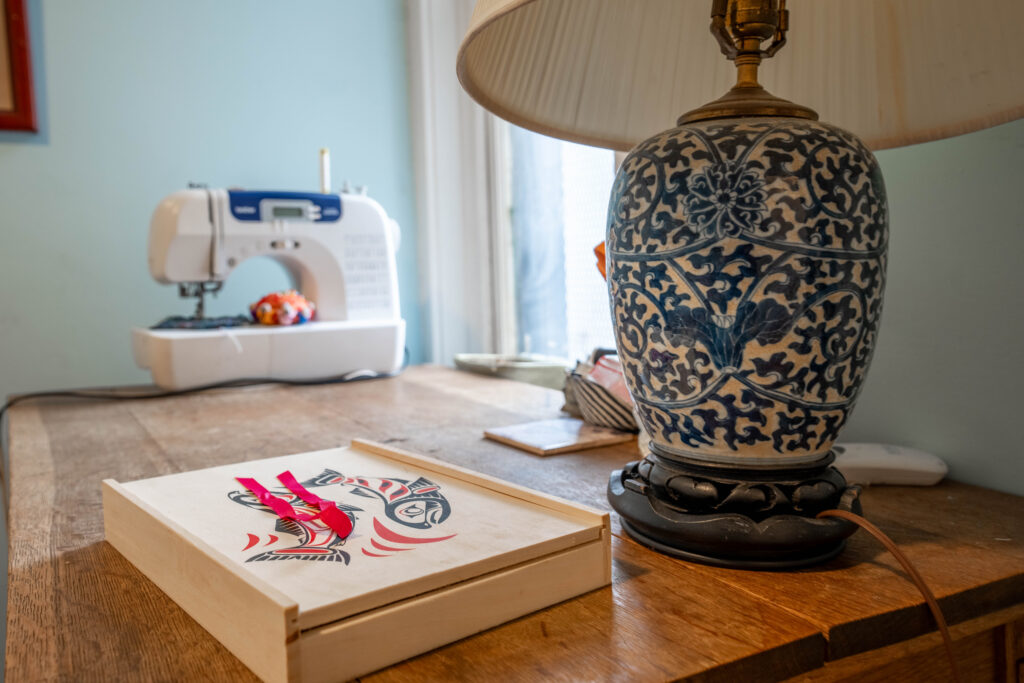
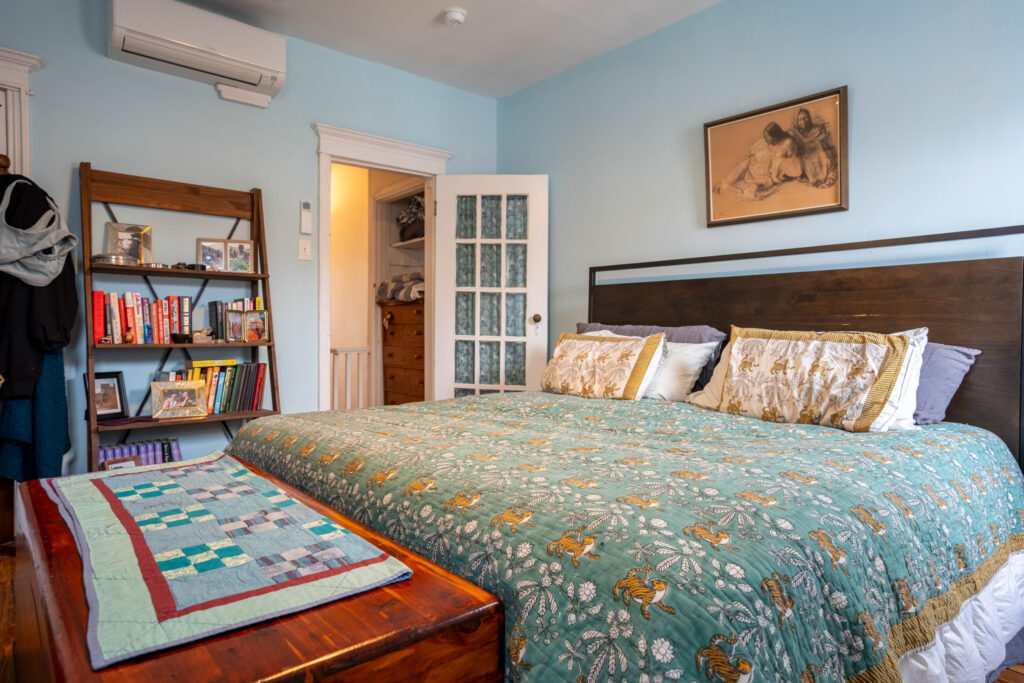
With the renovation, Leah tried to be mindful of sustainability as well as repurposing and reusing as much as possible. “My mom always says the best thing you can do is use what already exists,” said Leah.
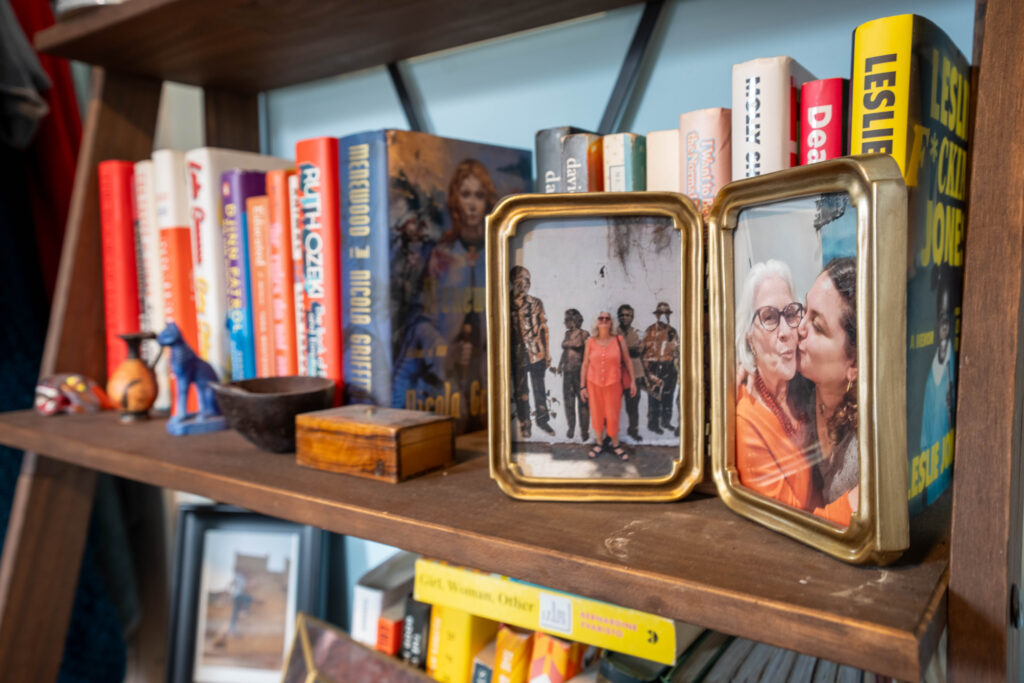
In addition to repurposing doors and refinishing the existing floors, she had a mini-split HVAC system put in to be more energy efficient and installed ceiling fans throughout to reduce the need for an A/C in the warmer months. She hopes to install a rain barrel next.
“I think Leah made some smart renovation decisions,” said her brother, Solo agent Alex Franqui.
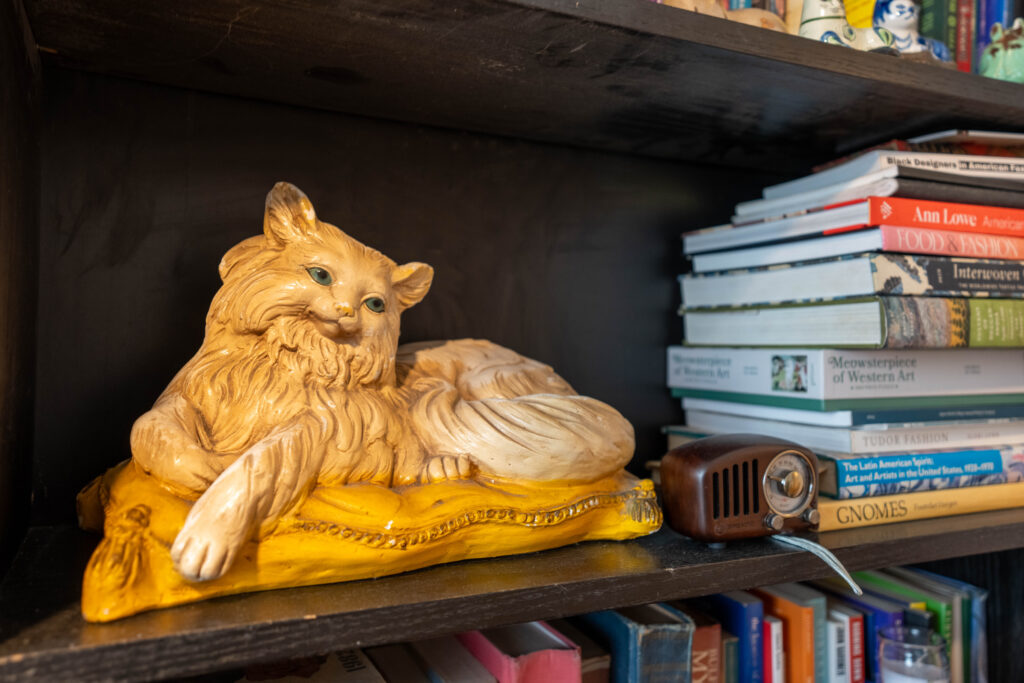
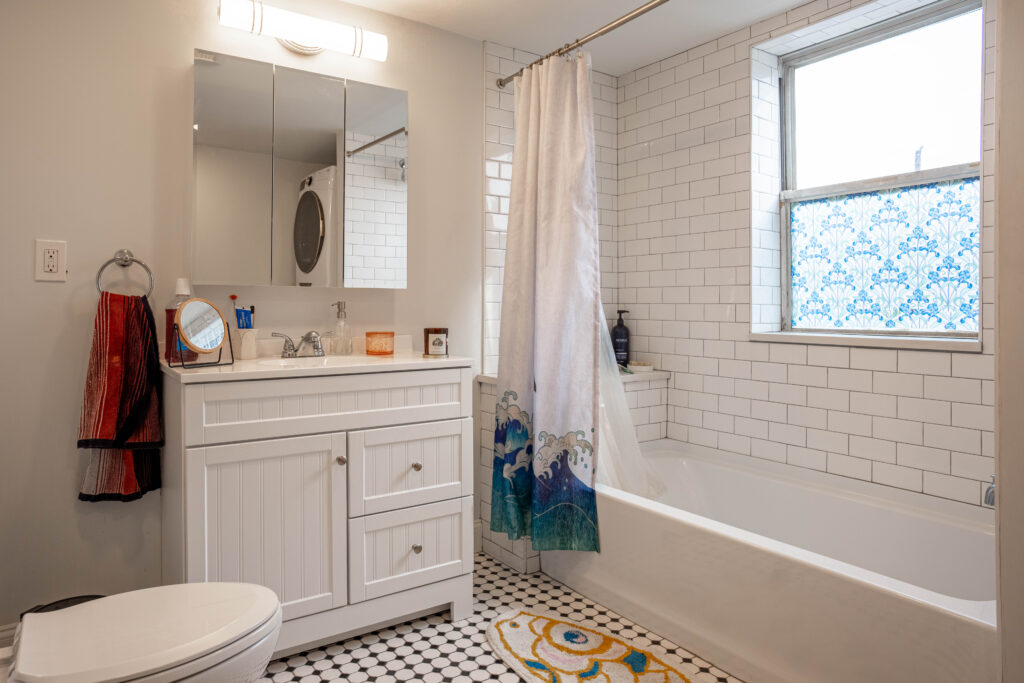

Leah moved in last July, with some things still on her to-do list, including new windows. Meanwhile, her cat, Peter Paul Rubins, who she originally adopted in Mumbai and brought to Philly via Atlanta, approves of the home’s design. He especially likes to perch in the first-floor window where he keeps an eye on the street.
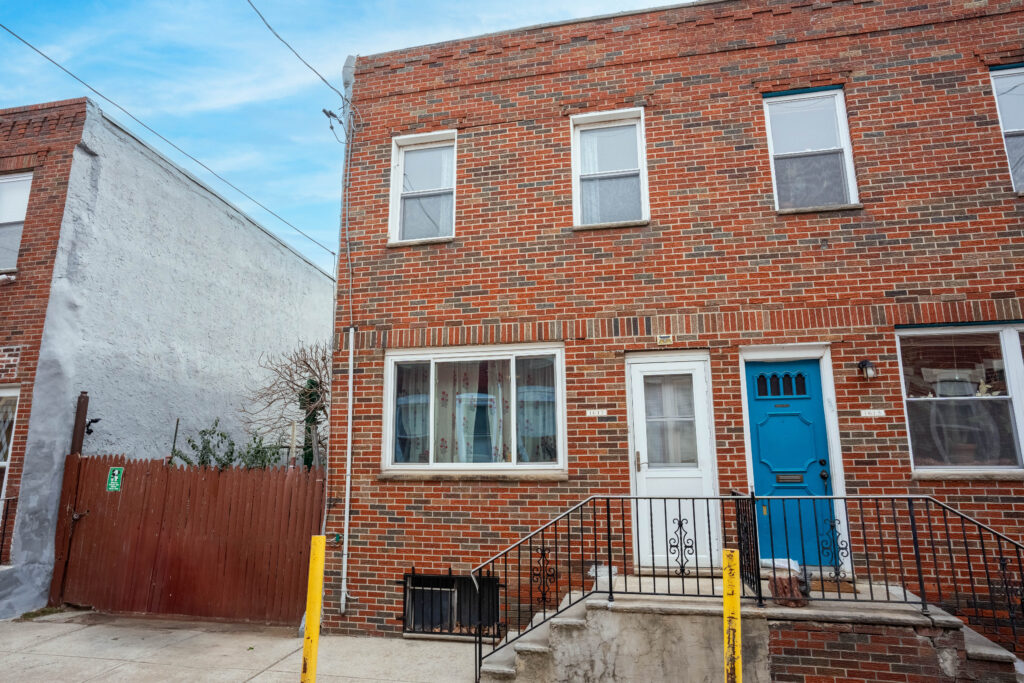
“I wanted a place where I would be comfortable writing,” said Leah. The author of three published novels, she is working on a new one based on her PhD dissertation, a novel about Anne of Cleves, one of Henry VIII’s more fortunate wives who left her marriage with her head intact.
Leah created that comfort by decorating her home with furniture and rugs from her grandparents and splashes of color, including a turquoise sofa. Other forms of comfort come from discovering the friendliness of her neighborhood, including dining at Hardena, a nearby Indonesian restaurant, or checking out the new shops on East Passyunk.
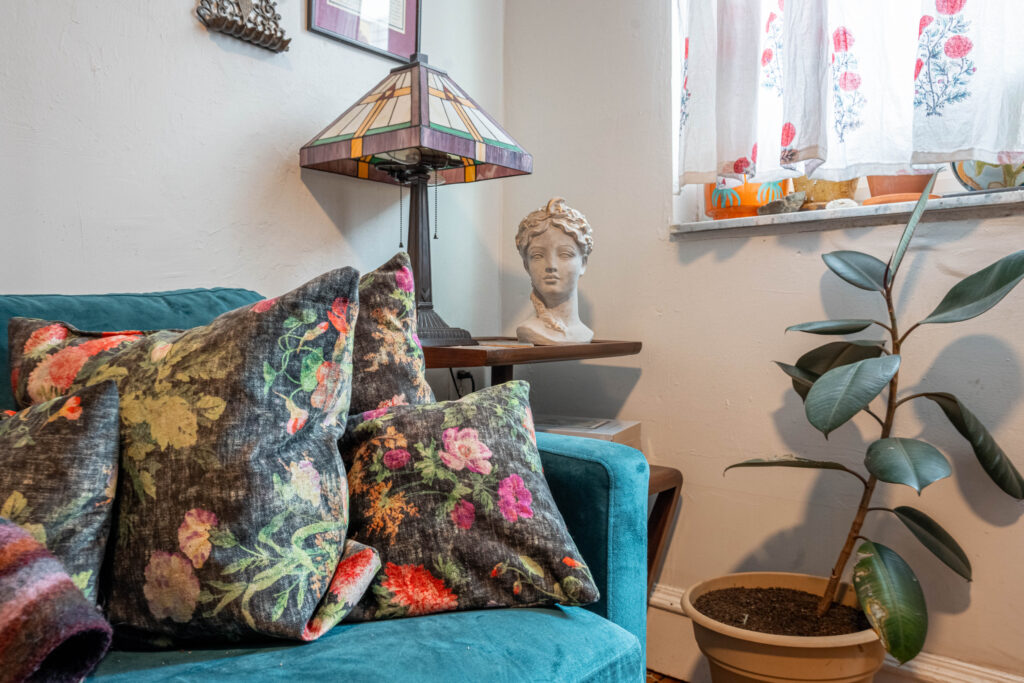
Leah’s renovation of the property is emblematic of the neighborhood’s long history. Newbold, and all of Point Breeze, was not developed until 1895 when Philadelphia experienced an influx of Eastern European Jews. Before then, it had been an industrial site. Irish and Italian immigrants moved into the neighborhood and later, in the 1930s, African Americans settled in the area.
For the next thirty years, the neighborhood was integrated, peaceful, and thriving. The business district along Point Breeze Avenue was booming. However, in the 1960s, racial tensions developed and many store owners relocated. Then came the drug traffic of the 70s through the 90s. Many residents fled and property values fell.
In the 2000s, revitalization efforts developed properties along S. Broad Street, attracting immigrants from Southeast Asia. The 2000 Census showed that Point Breeze contained the highest concentration of Vietnamese people in the City. Today there is a diverse population and a growing number of young professionals, like Leah, who see the value in restoration and seek to be a part of the community. As time passes, Newbold remains a neighborhood where history and modern living intersect.
For Leah, her thoughtfully renovated rowhouse is more than just a home, it’s a space for creativity, comfort, and connection. With every design choice, from repurposed materials to energy-efficient updates, she’s not just restoring a house but shaping a home that reflects her values. And as she settles in, balancing teaching, writing, and city life, one thing is clear: this chapter in Newbold is just beginning.

